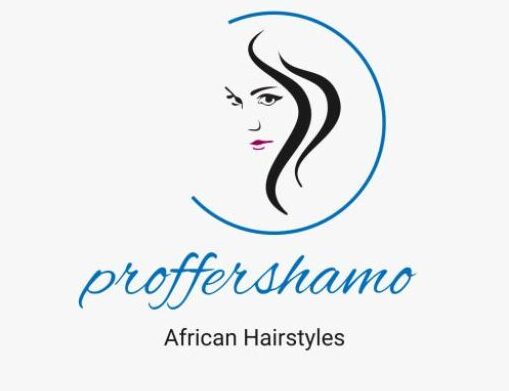Whether you’re looking for a classic style like box braids or a more modern look like passion twists, there’s an African natural hair braiding style that’s perfect for you. African natural hair braiding has a rich history that dates back centuries. For many African women, braiding is more than just a hairstyle, it is a form of self-expression and a way to connect with their cultural heritage.
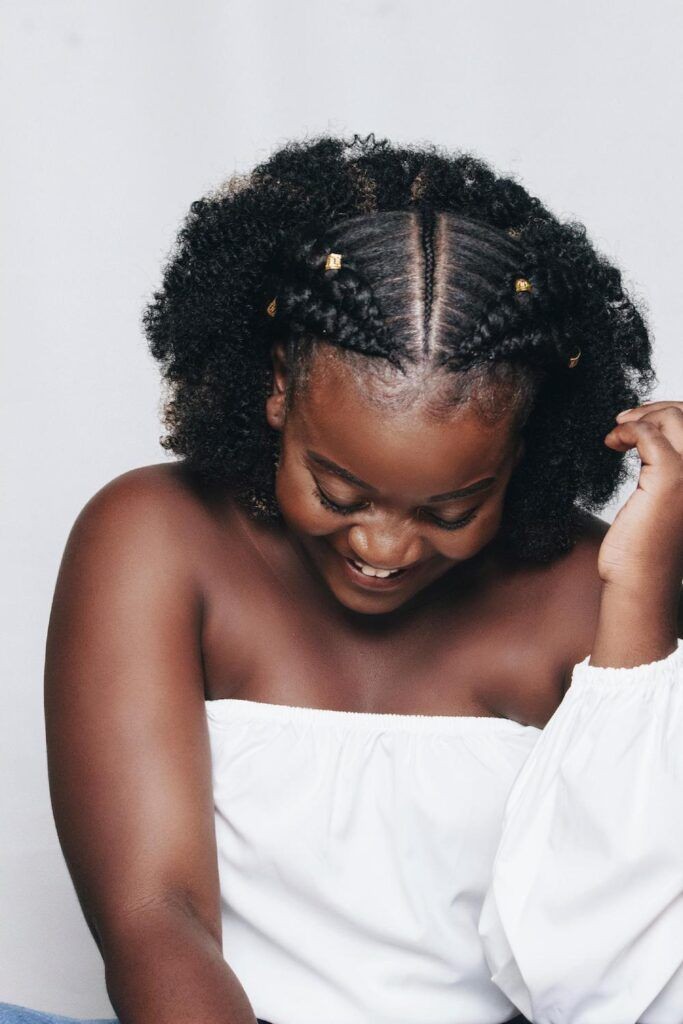





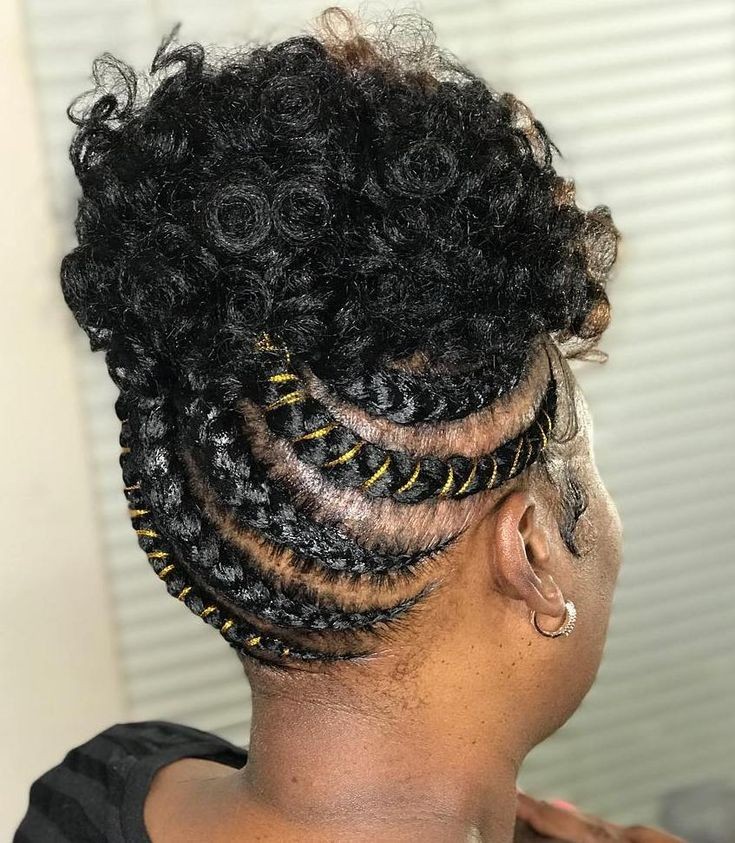









The intricate braiding techniques and styles have been passed down from generation to generation, and each one holds a unique significance. In recent years, there has been a resurgence in embracing natural hair and traditional African braiding styles. This has led to a growing interest in these styles not only within the African community but also in the beauty and fashion industry worldwide. From cornrows to box braids, African natural hair braiding offers a wide range of versatile and stunning styles that cater to different hair textures and lengths.
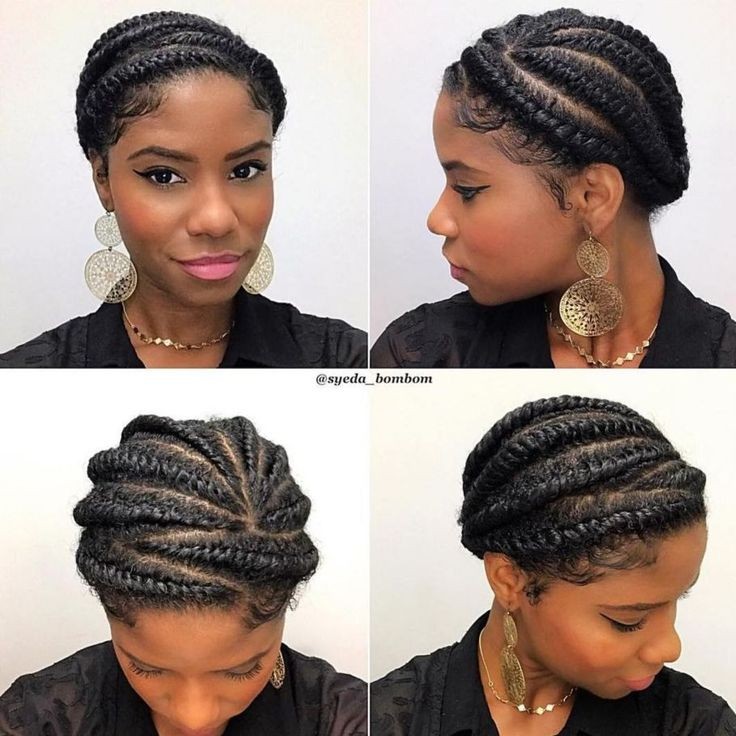

In this article, we will dive into the world of African natural hair braiding, exploring its roots, significance, and popular styles that have become a staple in the beauty industry. Get ready to be inspired by the beauty and diversity of African natural hair braiding styles.
African natural hair braiding styles for black hair
African natural hair braiding styles are intricate, culturally significant hair designs for Black hair. They involve weaving or plaiting hair close to the scalp, creating various patterns and shapes. These styles can include cornrows, box braids, twists, and more, often adorned with beads, shells, or other embellishments.
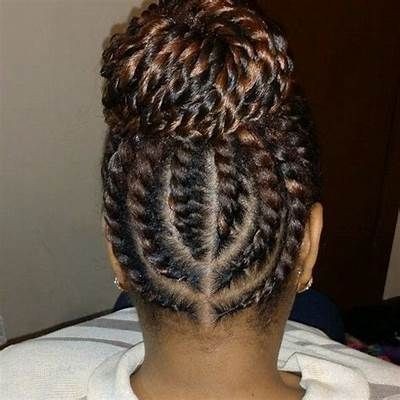

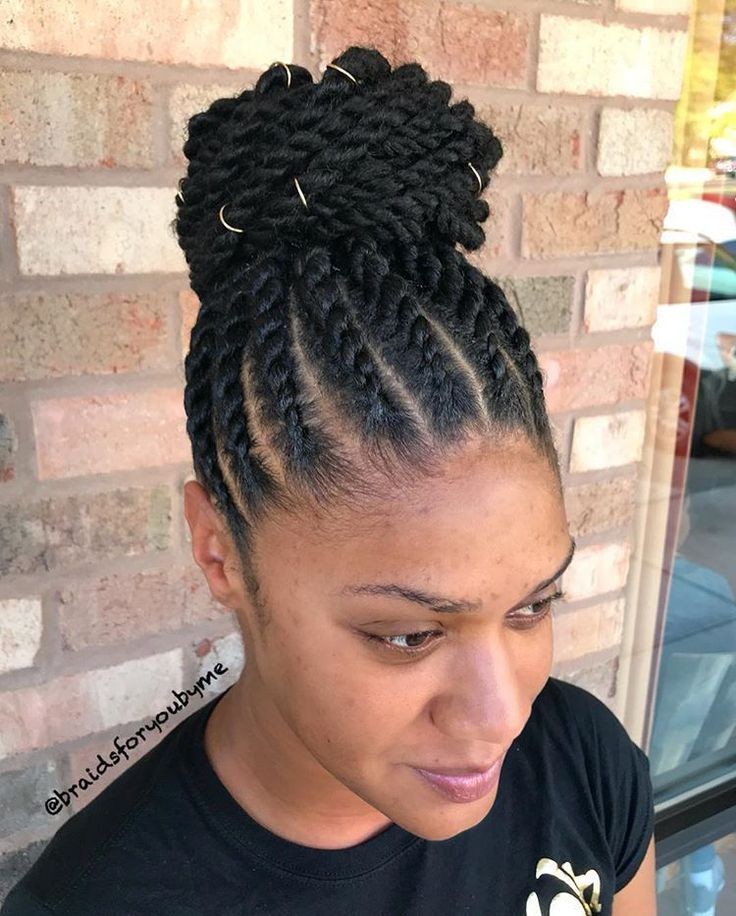

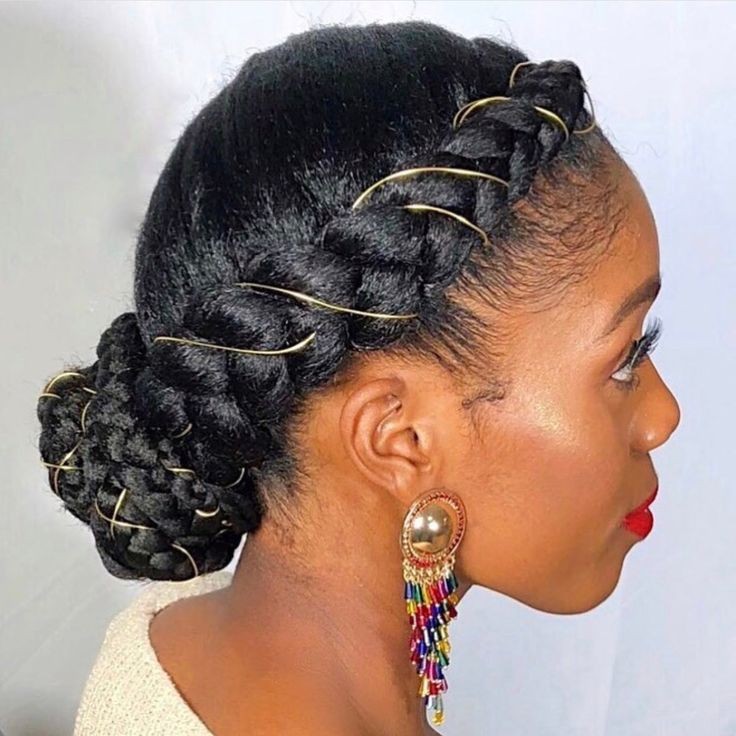




They’re not only a form of self-expression and creativity but also serve as protective hairstyles that help maintain the health of natural Black hair by reducing breakage and promoting growth.
Braiding natural hair without extensions
African natural hair braiding styles are intricate, culturally significant hair designs for Black hair. They involve weaving or plaiting hair close to the scalp, creating various patterns and shapes.


These styles can include cornrows, box braids, twists, and more, often adorned with beads, shells, or other embellishments. They’re not only a form of self-expression and creativity but also serve as protective hairstyles that help maintain the health of natural Black hair by reducing breakage and promoting growth.
Simple hairstyles for ladies without attachment
Simple hairstyles for ladies without attachments are those that can be achieved using your natural hair without the need for extensions or added hairpieces. Some popular options include braids, such as classic or box braids, as well as twists like two-strand or three-strand twists. You can also opt for ponytails, whether high or low, using your own hair, and create buns, whether messy or sleek, without the use of extensions
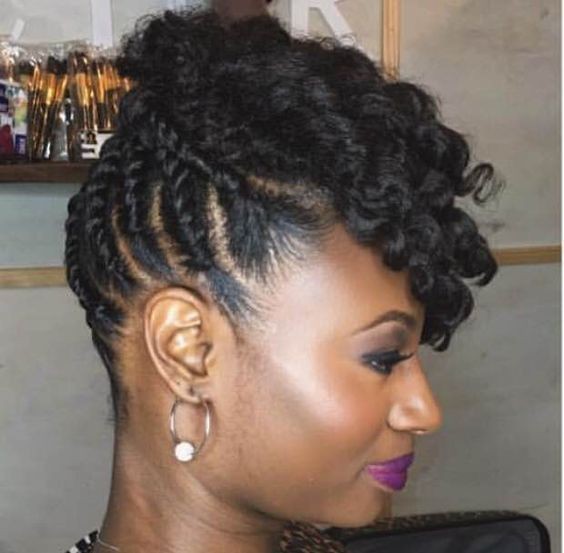



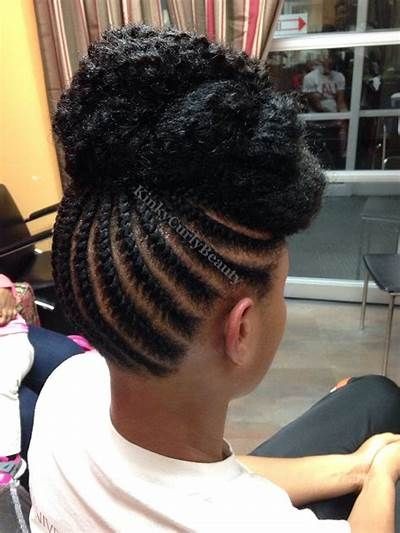

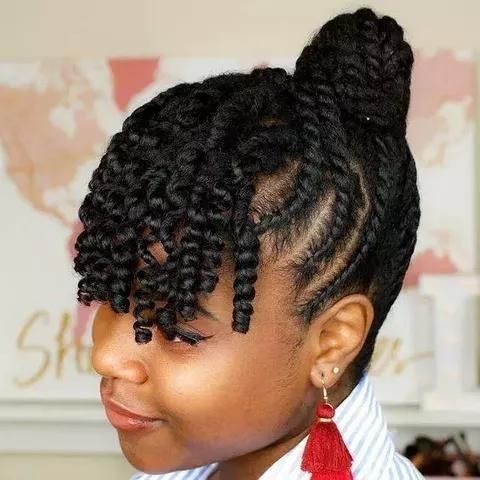


. Another choice is to embrace your natural curls by using minimal products to define your hair’s natural texture. These styles are low-maintenance and offer a stylish, natural look without the addition of attachments.
Natural hair plaiting styles pictures
Natural hair plaiting styles pictures refer to images or photographs showcasing various braided hairstyles designed for individuals with natural, unprocessed hair. These pictures provide visual inspiration and guidance for individuals seeking to explore different plaiting styles, such as cornrows, box braids, twists, and more.
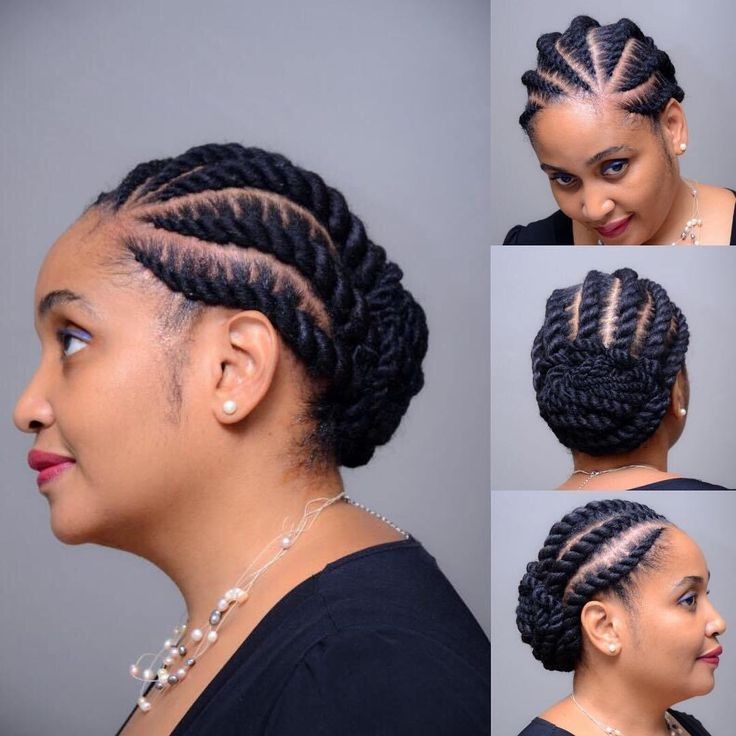

By viewing these images, individuals can choose a style that suits their preferences and hair type. These visuals are a valuable resource for hairstylists and individuals looking to embrace and celebrate the beauty of their natural hair while enjoying a diverse range of plaiting options
Braiding styles for natural african hair
Braiding styles for natural African hair encompass a wide array of creative and protective hairstyles. These styles typically involve interweaving strands of hair, showcasing versatility and cultural significance. Common options include cornrows, box braids, twists, and bantu knots.
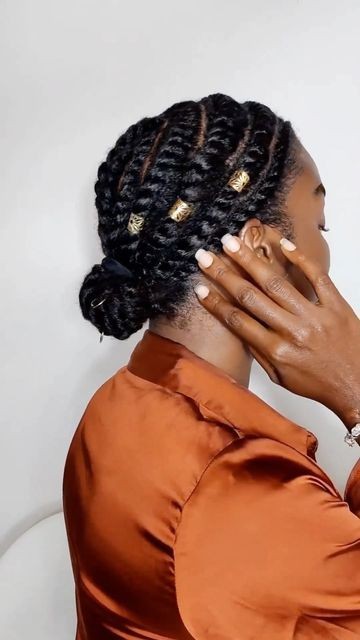

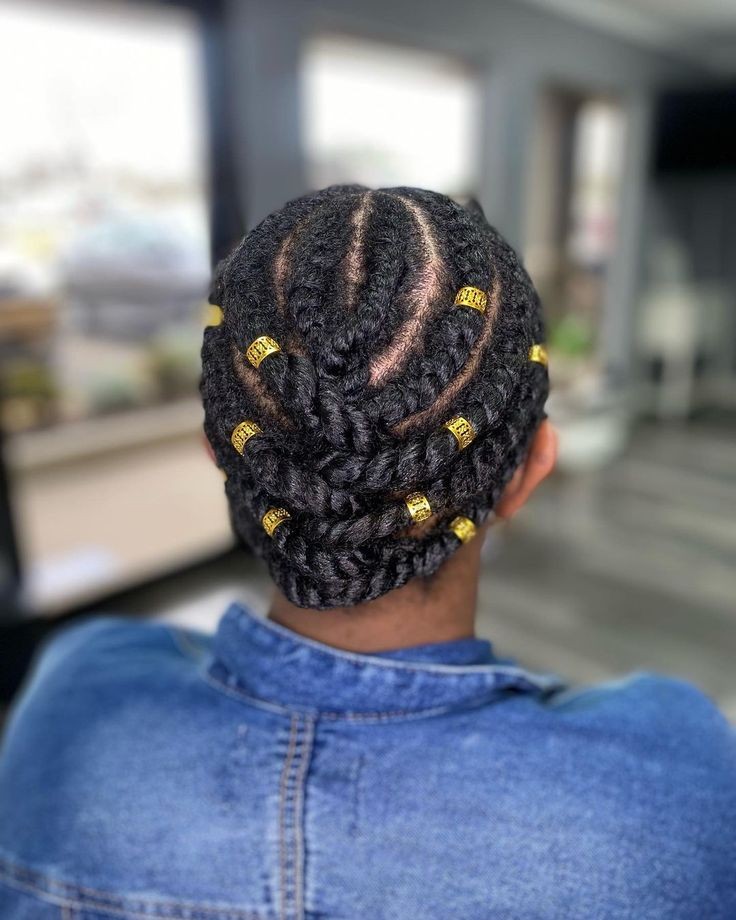

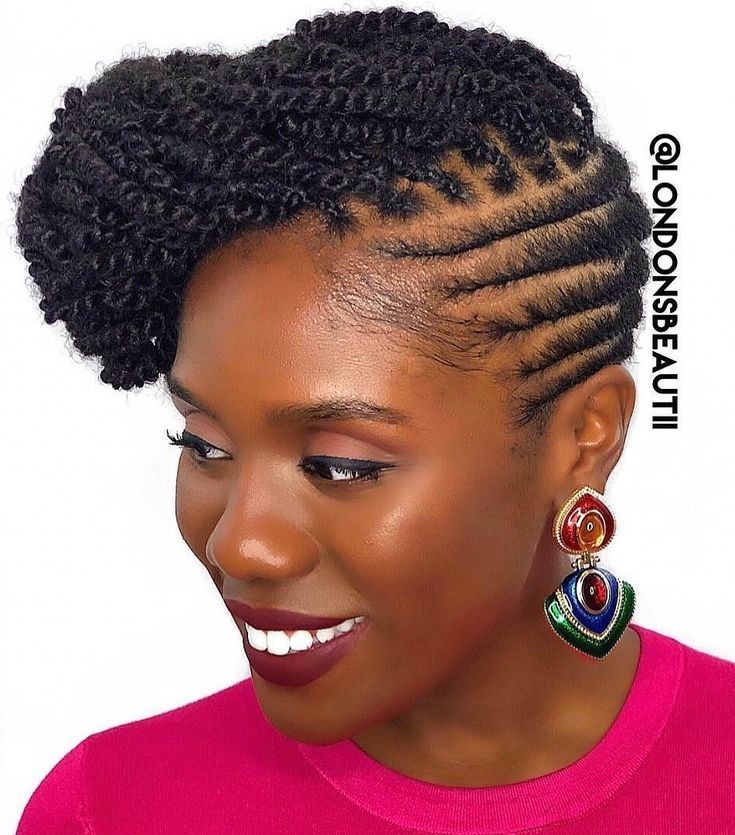

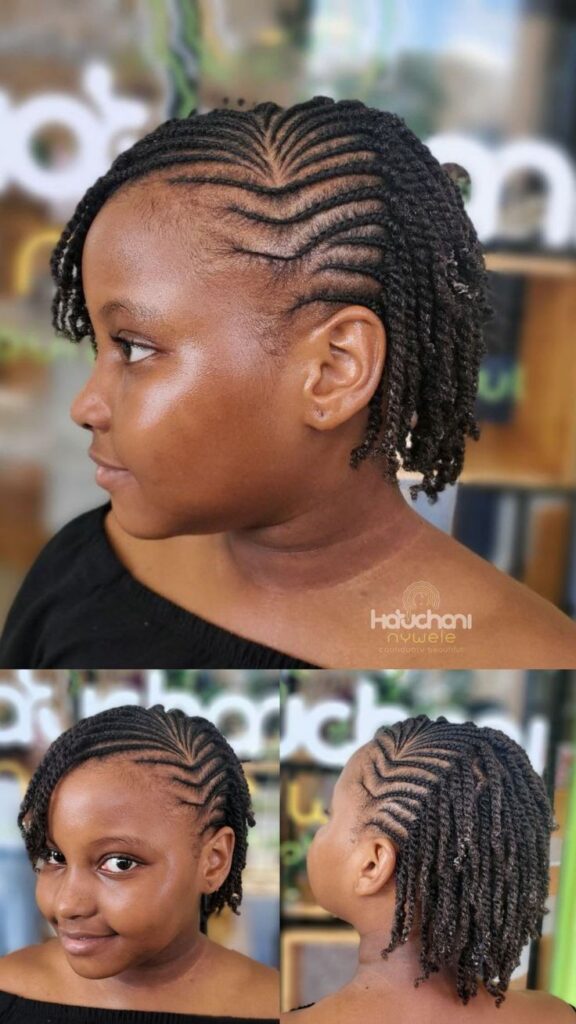


These styles are popular for their durability and ability to protect natural hair from damage. They also allow for various patterns, sizes, and lengths, providing a way to express individuality while embracing the unique texture and beauty of African hair.
Box braiding natural hair without extensions
Box braiding natural hair without extensions involves creating box braids using only your own hair, without adding any artificial or additional hair extensions. This process requires sectioning your natural hair into small, square-shaped segments and then braiding them from the roots to the ends.
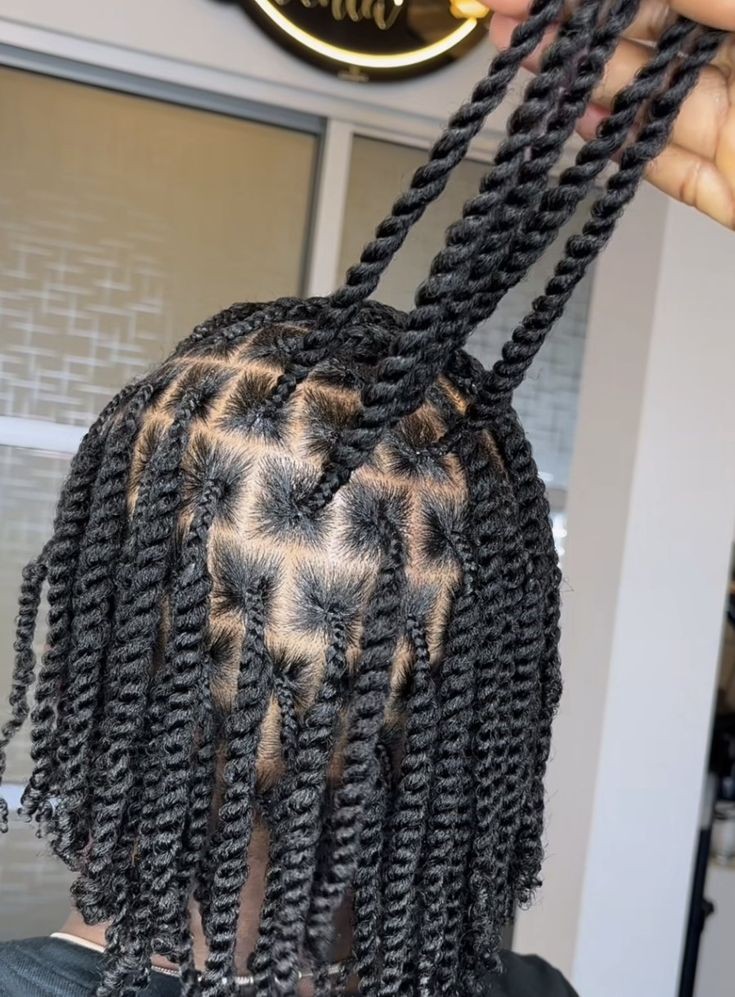

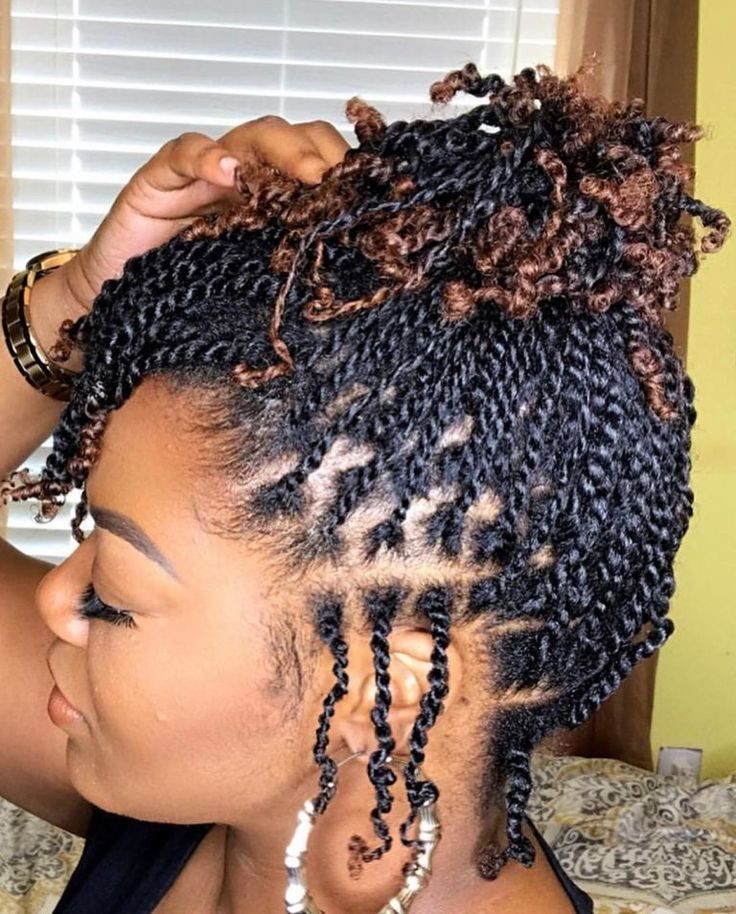

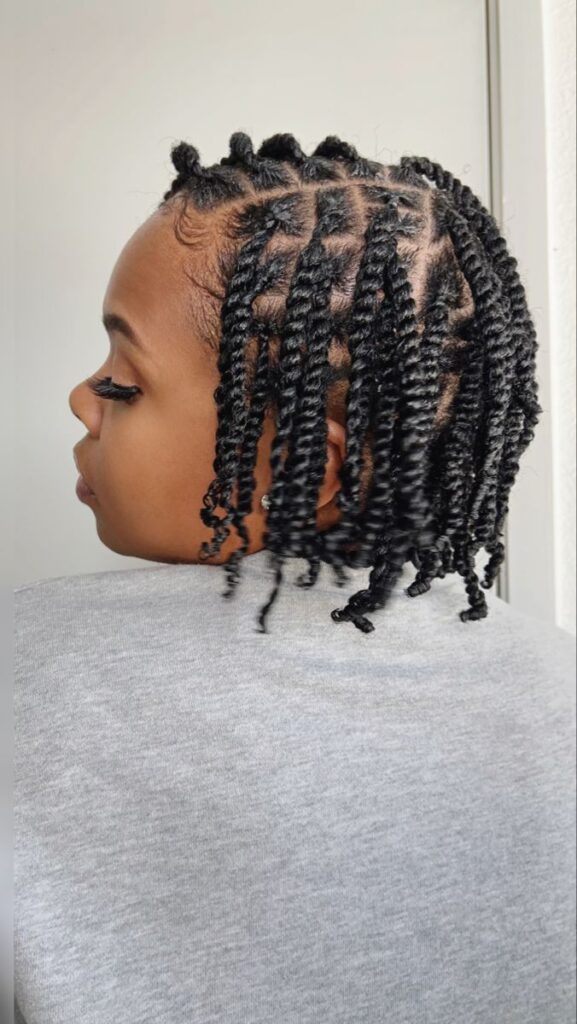

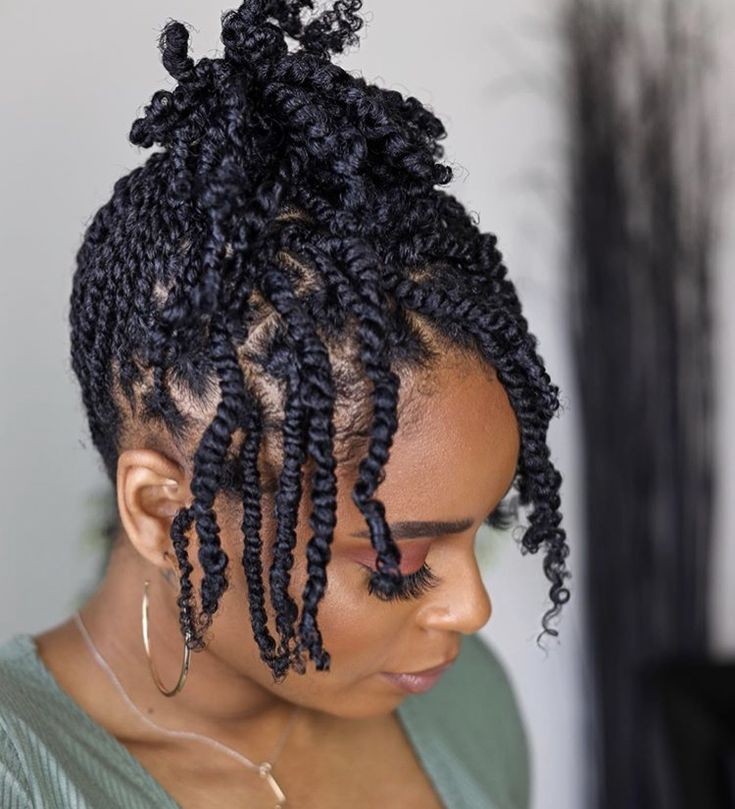

While this approach may not achieve the same length or thickness as using extensions, it celebrates the beauty and versatility of your natural hair, offering a protective and stylish look. Proper care, moisturizing, and maintenance are essential to keep your natural box braids healthy and intact.
Plain lines hairstyles without braids
“Plain lines” hairstyles without braids typically involve straight, sleek, or wavy styles with minimal detailing. These hairstyles don’t feature intricate braiding patterns but can include options like straight-down hair, layered cuts, blunt bobs, or simple waves.
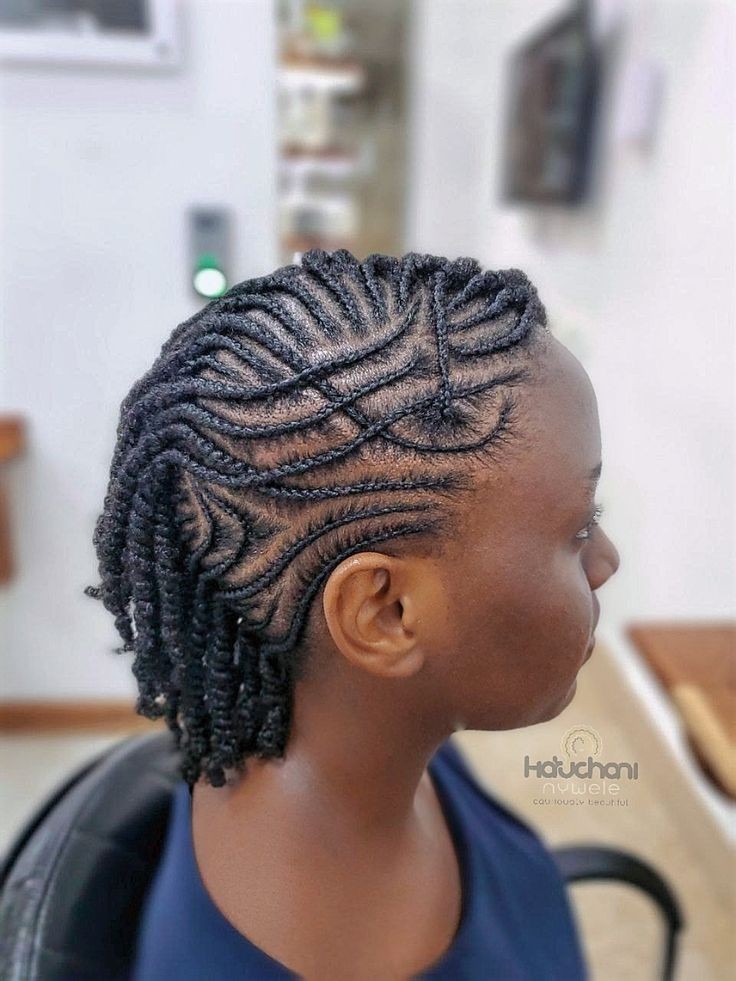

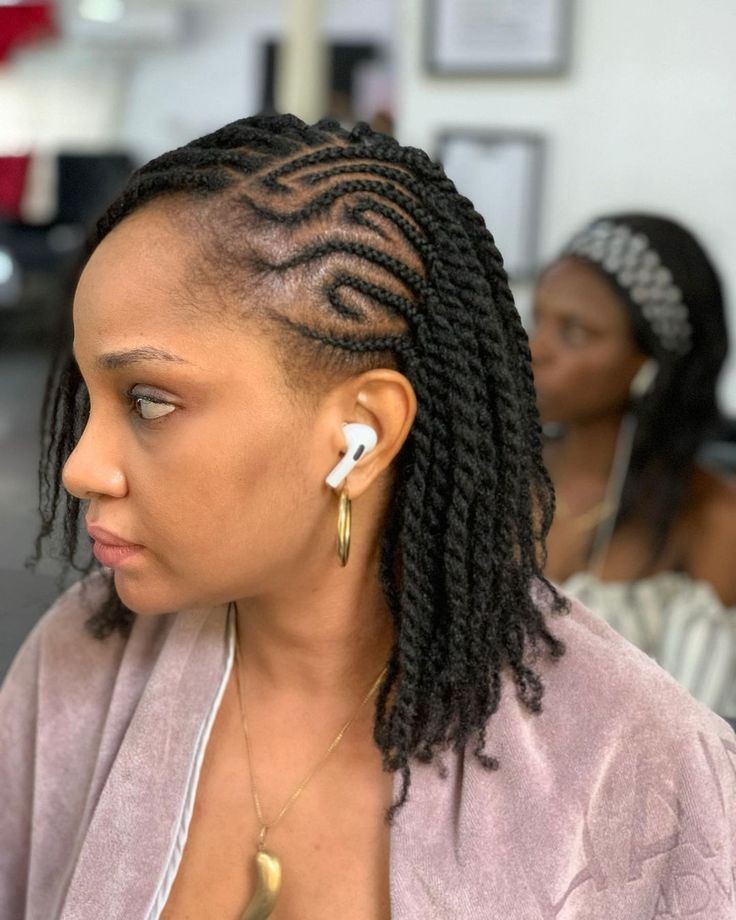



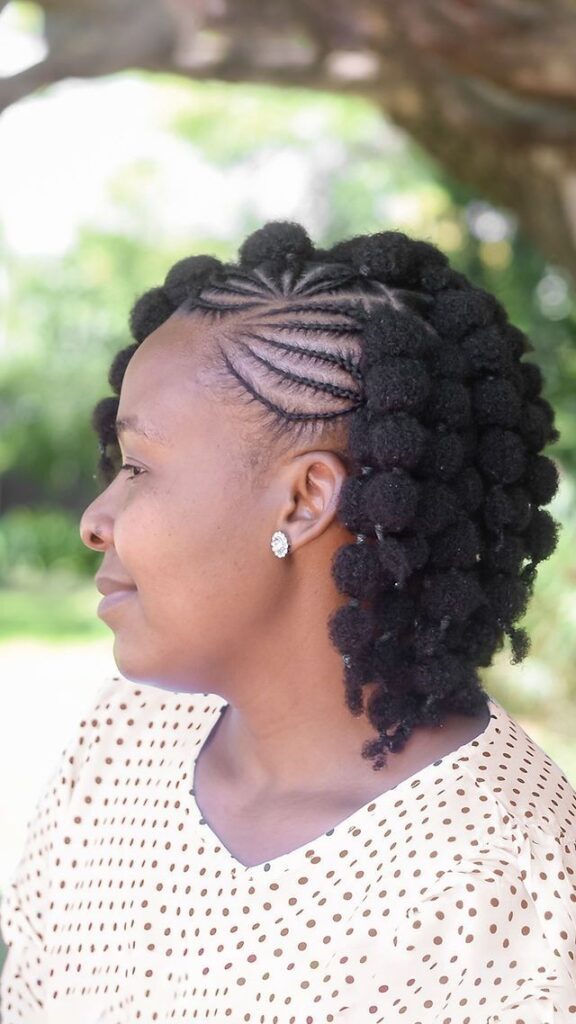

They offer a clean and elegant look, focusing on the natural flow and texture of the hair without the use of braids or complicated designs.
Simple all back weaving with natural hair
A “simple all-back weaving” with natural hair involves creating a neat and sleek hairstyle where all the hair is pulled back and woven together without using any extensions or added hairpieces.
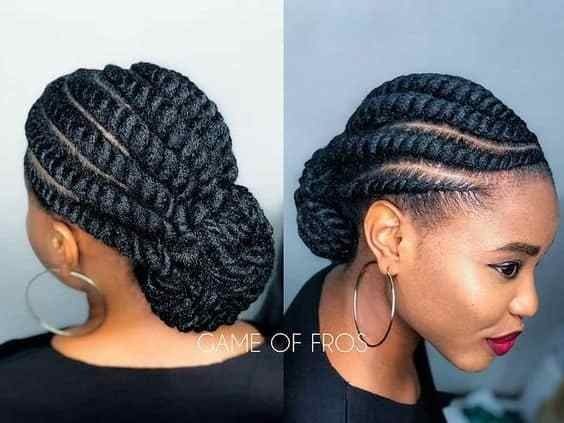

This style often includes tightly weaving or braiding the hair from the front hairline towards the back of the head, securing it in a sleek and uniform manner. It’s a classic and protective hairstyle that can help maintain the natural texture of your hair while achieving a polished, all-back look.
Knotless braiding natural hair without extensions
Knotless braiding natural hair without extensions is a protective hairstyle where the hair is divided into sections and then braided without adding extra hair. Unlike traditional box braids with knots at the roots, knotless braids start with your natural hair at the roots, which reduces tension and potential damage.
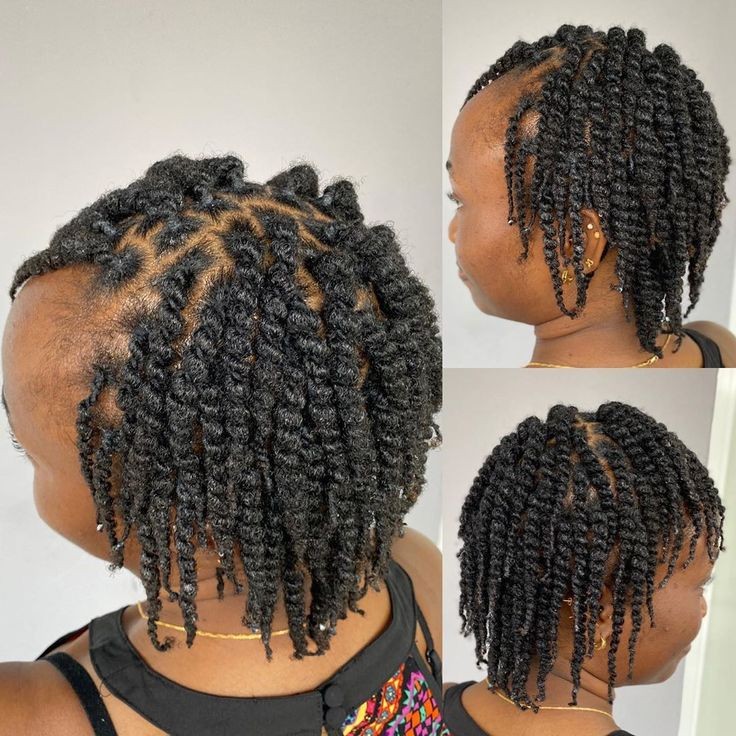

This style is gentler on your scalp and allows for a more natural look while maintaining the protective benefits of braiding. It’s an excellent option for individuals who want a versatile and low-maintenance hairstyle without using extensions.
Black african natural hair styles
Black African natural hair styles encompass a wide array of versatile and unique looks that celebrate the beauty of natural hair. These styles include Afros, Bantu Knots, twists, cornrows, TWA, faux locs, puffs, and wash-and-go options.
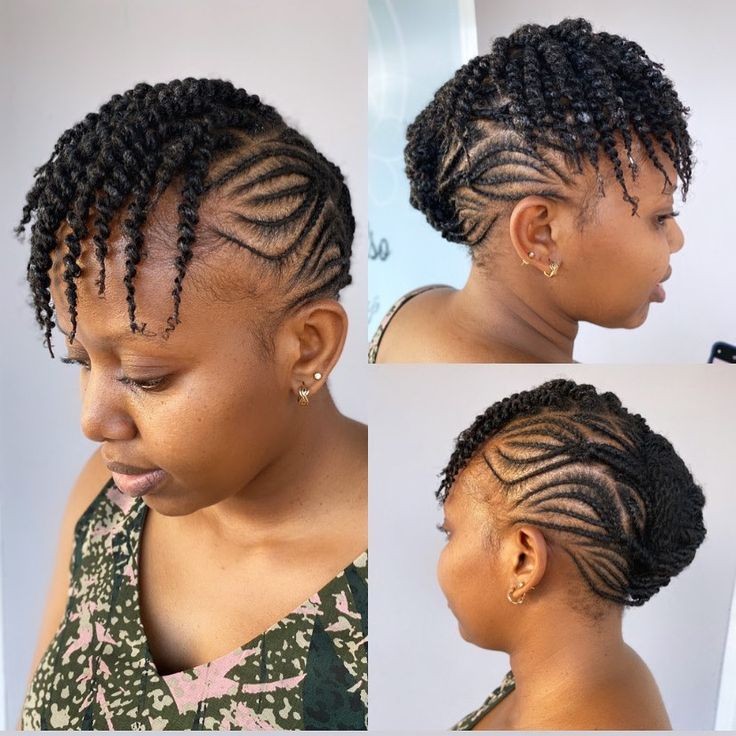

They embrace the hair’s natural texture and offer a range of choices, from short and chic to intricately braided patterns. These styles showcase cultural diversity, self-expression, and the natural beauty of African hair while allowing for individual creativity and a distinctive personal look.
Easy hairstyles for natural hair
Easy hairstyles for natural hair typically involve minimal manipulation and can include options like wash-and-go styles, twist-outs, bantu knots, or simple braids.
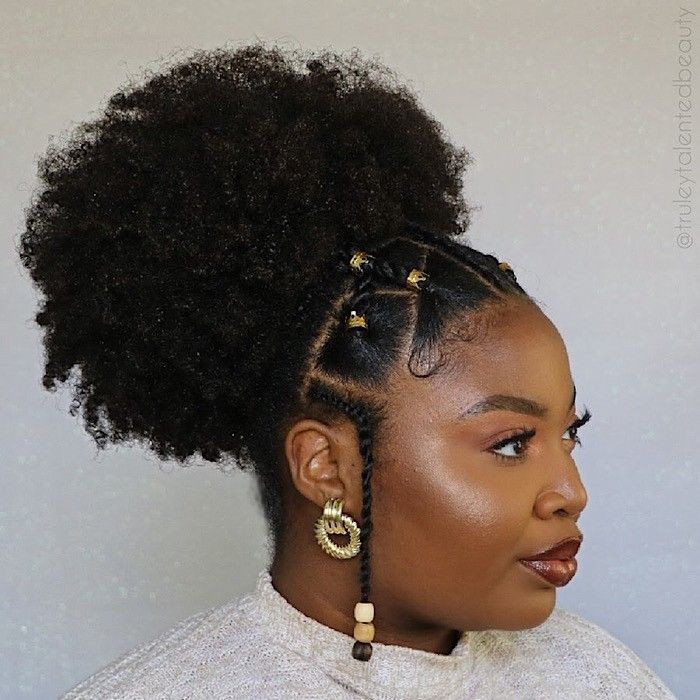

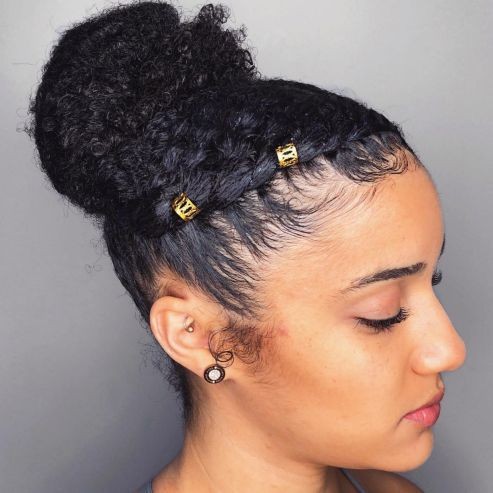

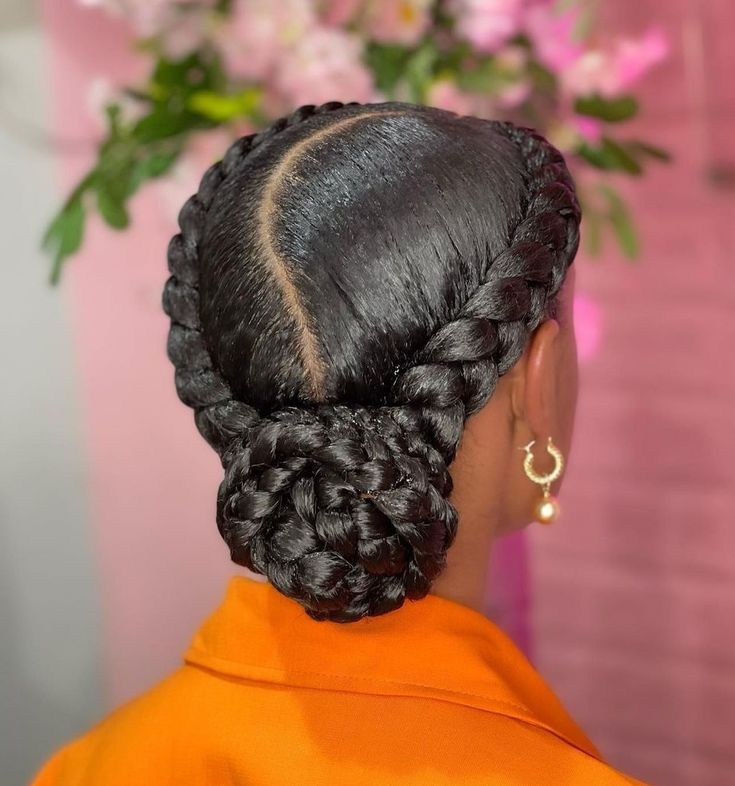

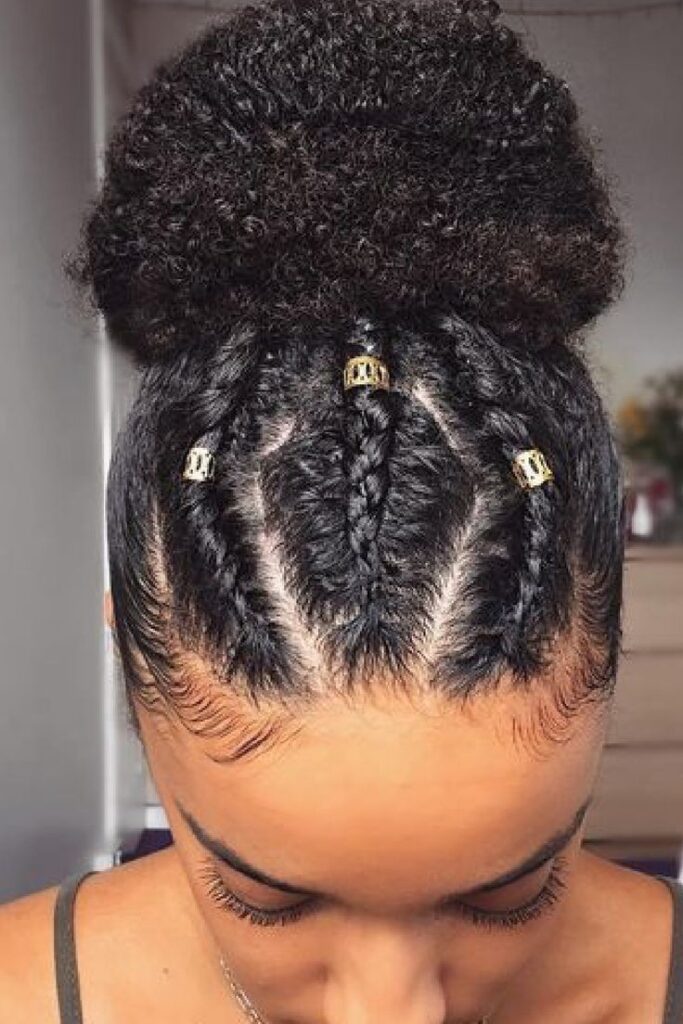

These styles emphasize the hair’s natural texture and are relatively quick and straightforward to achieve, making them perfect for daily wear or when you’re short on time.
Natural afro hairstyles with braids
Natural afro hairstyles with braids combine the classic afro shape with intricate braided designs. This style involves sectioning the afro into parts and weaving each section into individual braids.
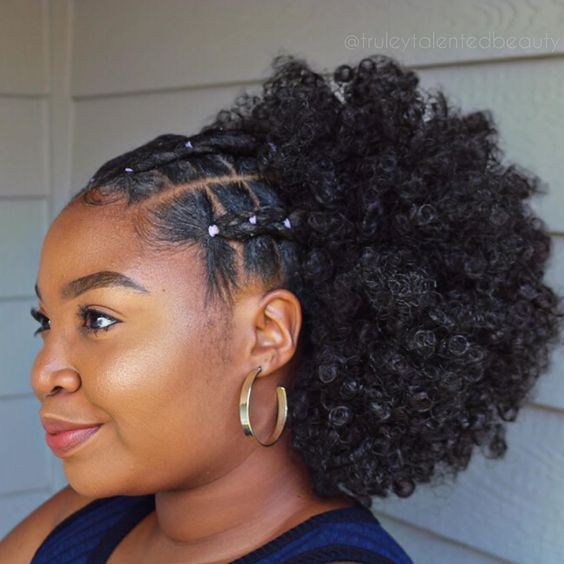

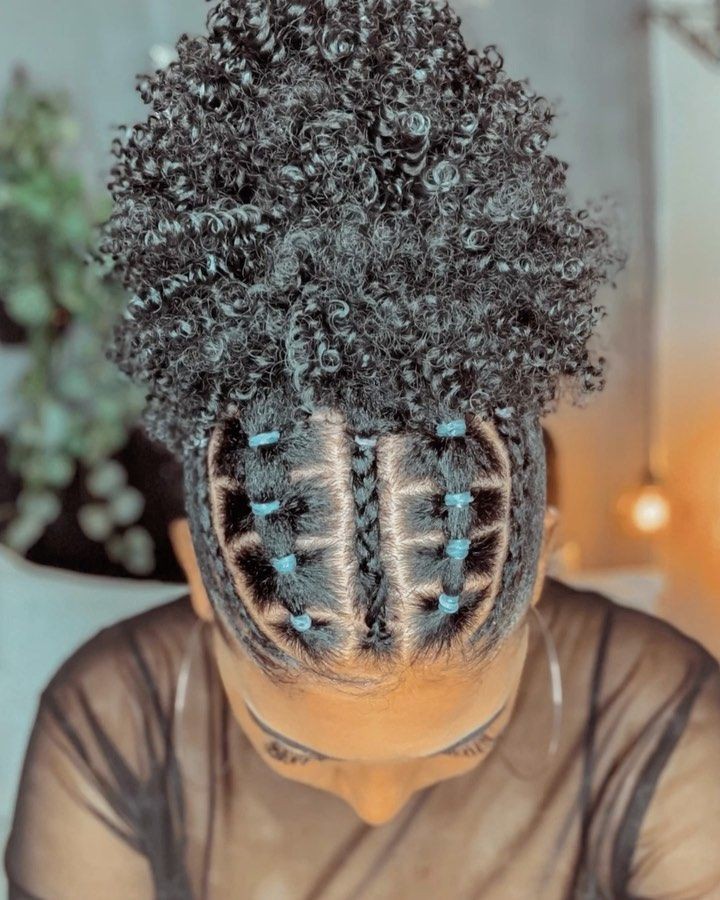




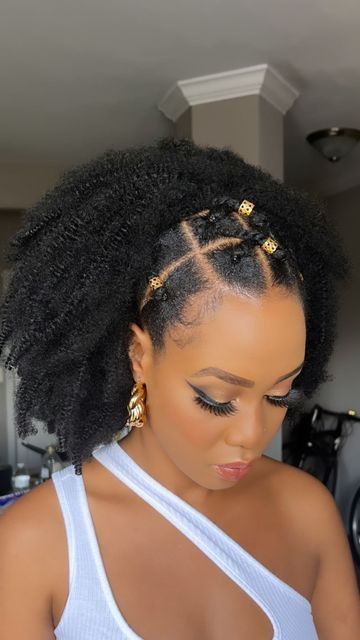

It offers a striking and versatile look that can be customized with various braid patterns, sizes, and lengths. Afro braids are not only fashionable but also protective, as they help preserve the hair’s health by reducing manipulation and protecting it from environmental factors.
Long lasting hairstyles for natural hair
Long-lasting hairstyles for natural hair are designed to maintain their shape and beauty for an extended period. Examples include braids, twists, and protective styles like cornrows or crochet braids.


These styles reduce daily manipulation and protect the hair from damage, allowing them to stay intact for several weeks. Proper care and maintenance, including regular moisturizing and scalp care, help ensure these hairstyles remain fresh and attractive while promoting natural hair health.
Virgin Hair Styles
“Virgin hair” typically refers to hair that has never been chemically processed, such as dyed or permed. Hairstyles for virgin hair can range from simple and natural looks, like loose waves or straight styles, to more elaborate options, including curls, updos, and braids.


The advantage of virgin hair is that it’s often healthier and more versatile, allowing for a wide range of styling possibilities. The specific style will depend on individual preferences and hair texture.
Natural hair braids styles
Natural hair braids styles involve weaving hair strands together to create various patterns and designs. They are popular among individuals with natural, textured hair, such as afro-textured or curly hair. These styles offer versatility and protection for natural hair, promoting healthy growth and reducing the need for daily styling.


Common natural hair braid styles include box braids, cornrows, twists, and more, with different techniques and lengths to suit individual preferences. They can be adorned with beads, shells, or other accessories to enhance their aesthetic appeal.
Braids for natural hair growth
Braids promote natural hair growth by reducing breakage, locking in moisture, and minimizing daily manipulation.
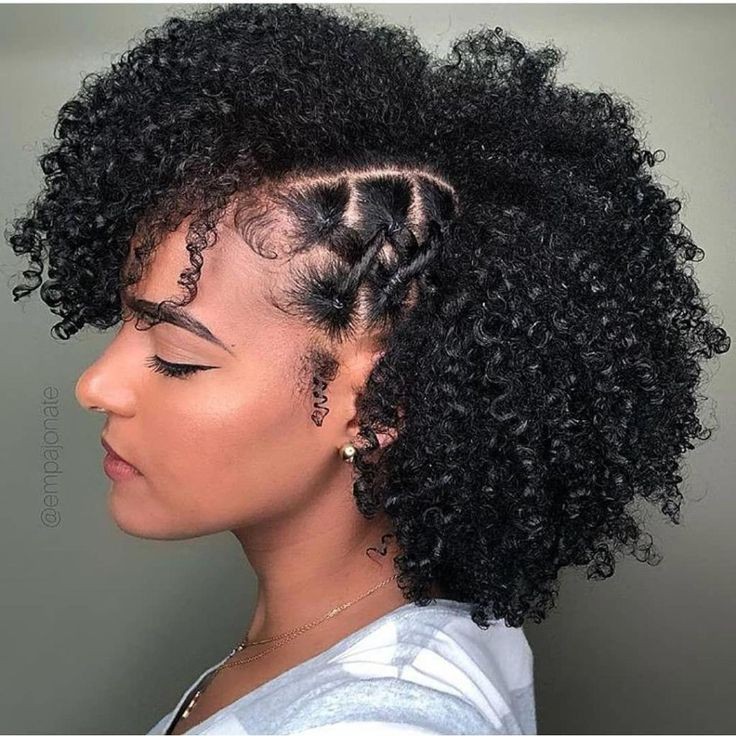

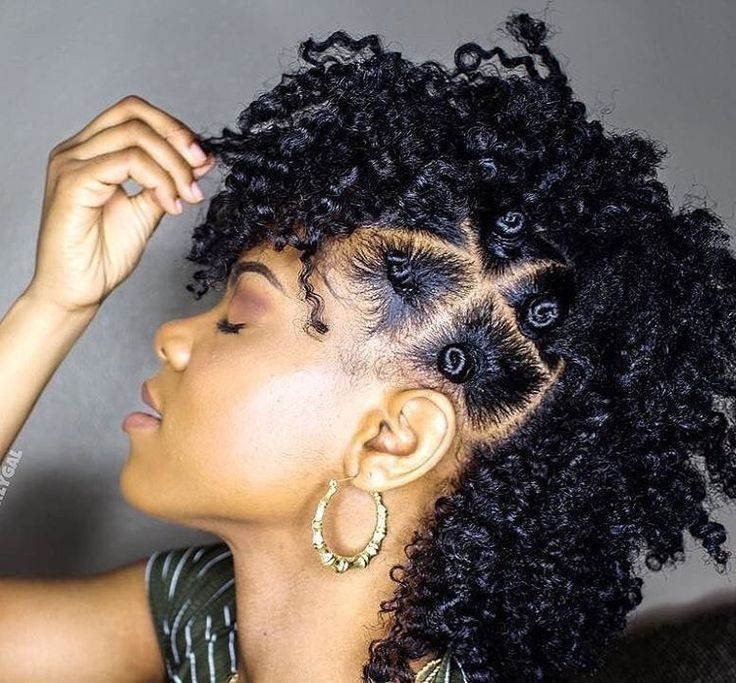

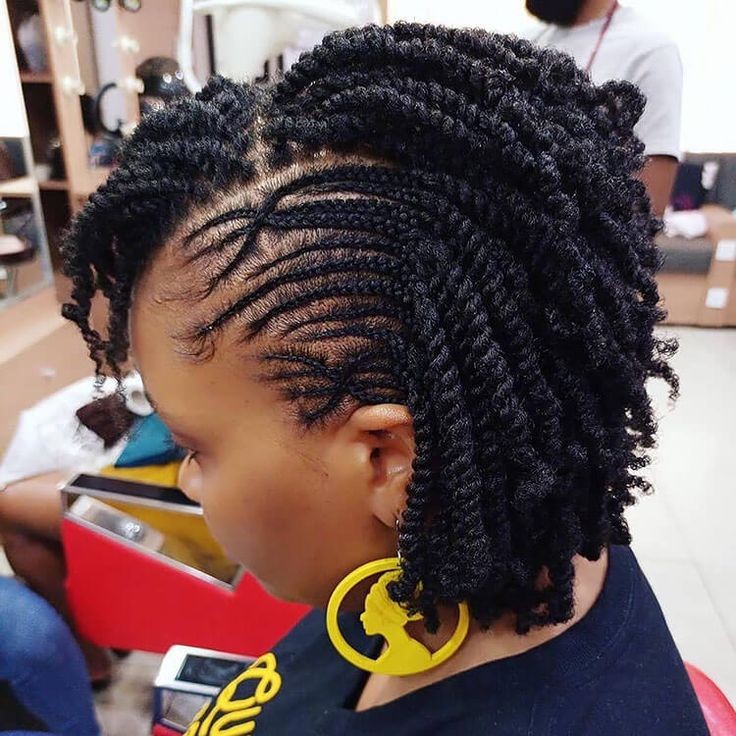

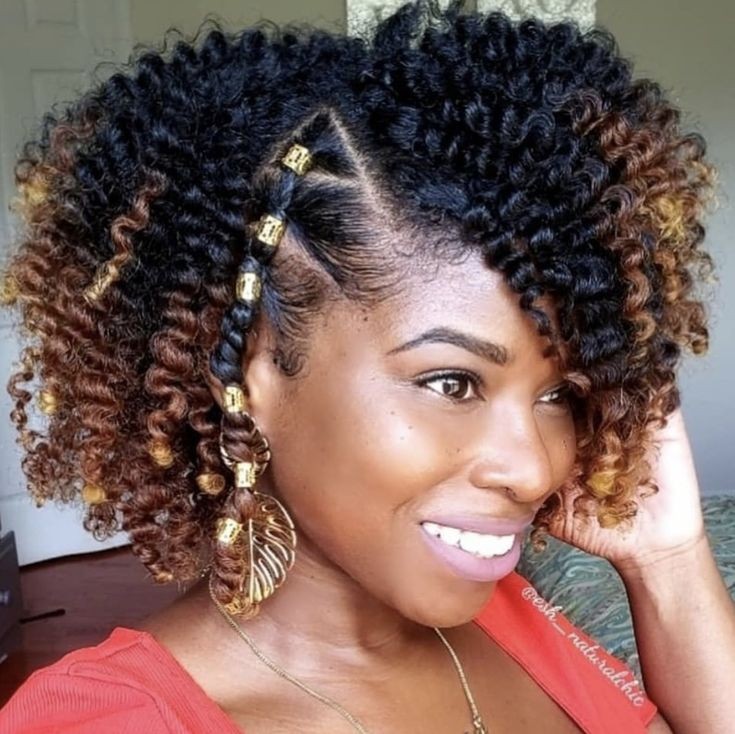

These protective styles shield hair from environmental stressors, encouraging healthier, longer strands. Proper maintenance and avoiding excessive tension are key for maximizing the growth benefits of braids.
Traditional African braiding styles: an exploration of cultural heritage and beauty.
The art of braiding has played a significant role in African culture for centuries. Passed down from generation to generation, traditional African braiding styles are not only a form of self-expression but also a way to honor cultural heritage. These intricate styles are not only visually stunning but also hold deep cultural and spiritual significance. Each braid, twist, and knot tells a unique story, reflecting the history and traditions of different African tribes and communities.
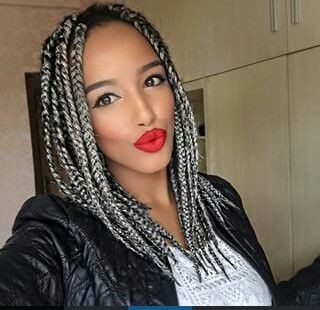

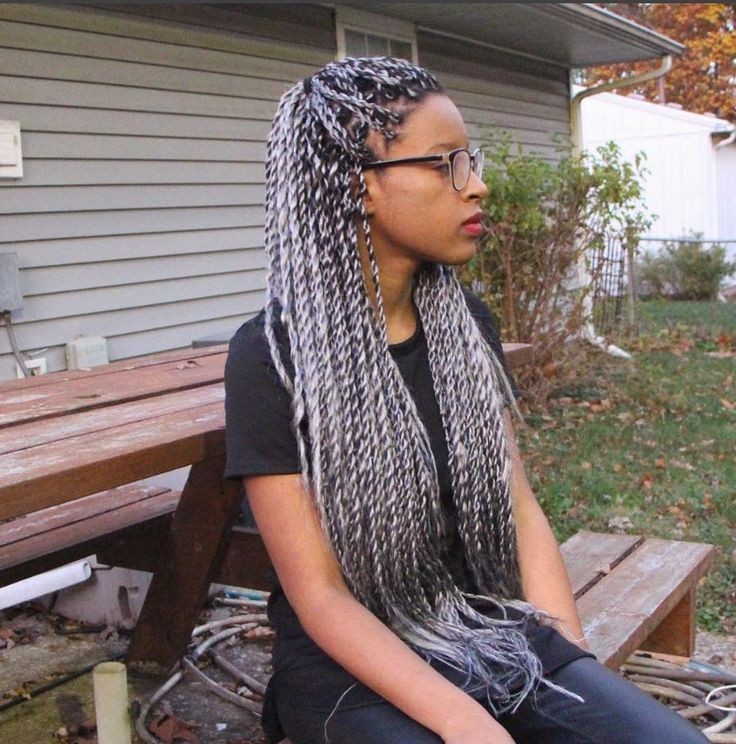

In addition to its cultural significance, African braiding styles have also become a symbol of natural beauty. With the rise of the natural hair movement, these styles have gained widespread popularity and are now embraced by people of all ethnicities. From cornrows to box braids to Fulani braids, these styles offer versatility and creativity, allowing individuals to showcase their unique sense of style. Moreover, they provide a safe and protective way to care for and maintain natural hair, promoting healthy and strong tresses. Overall, traditional African braiding styles not only celebrate cultural heritage but also promote self-love and acceptance of natural beauty.
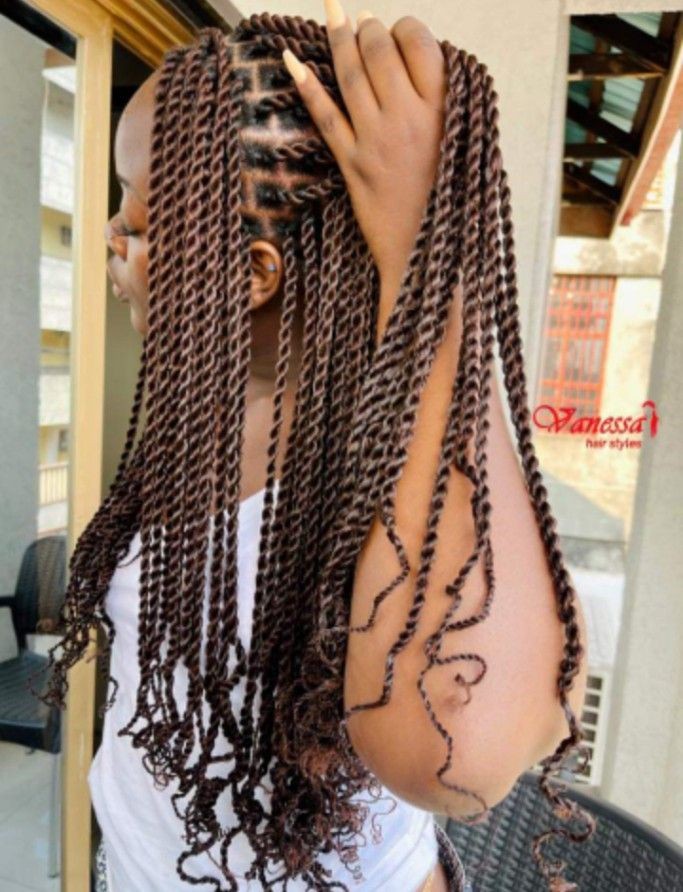

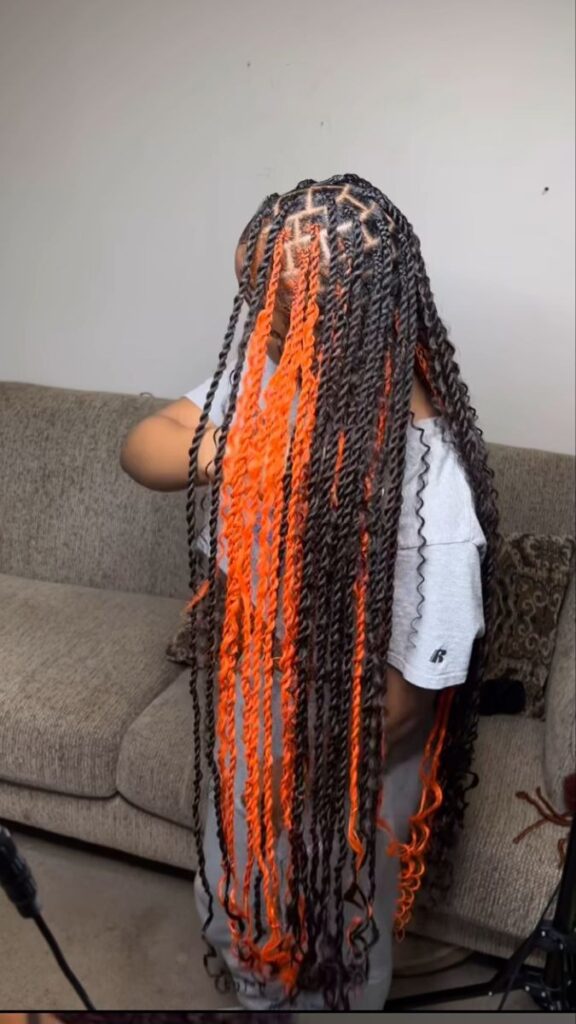

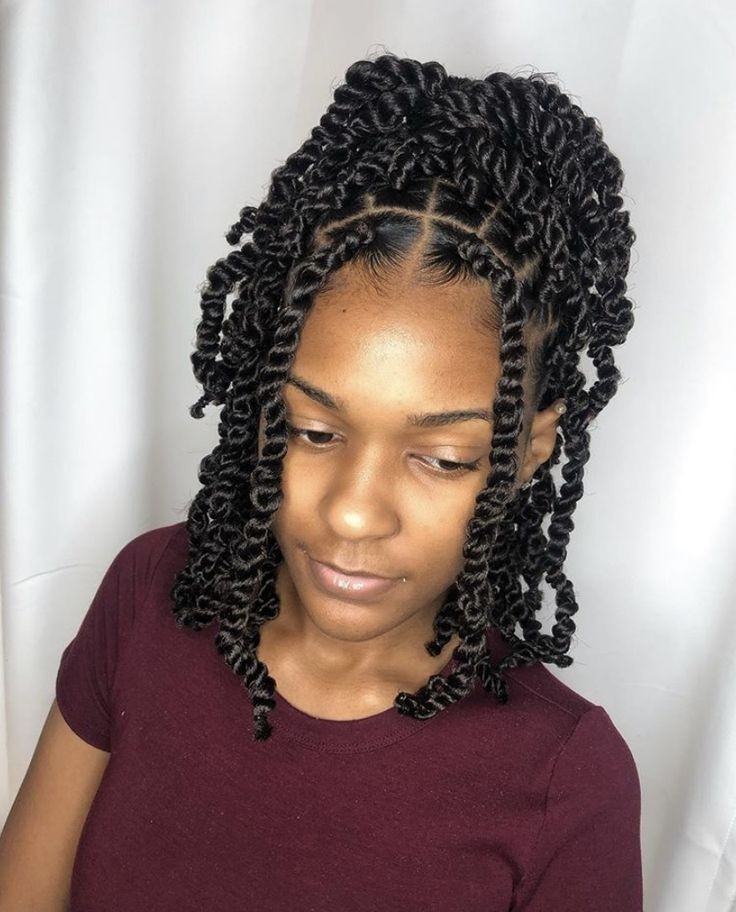



Popular African hair braiding styles: from cornrows to box braids, discover trendy options.
African hair braiding has gained widespread popularity in recent years, with people of all backgrounds embracing these beautiful and intricate styles. From cornrows to box braids, there are numerous options to choose from that can cater to different hair types and lengths. Cornrows, also known as canerows, are a classic braiding style that involves braiding the hair close to the scalp in straight rows.
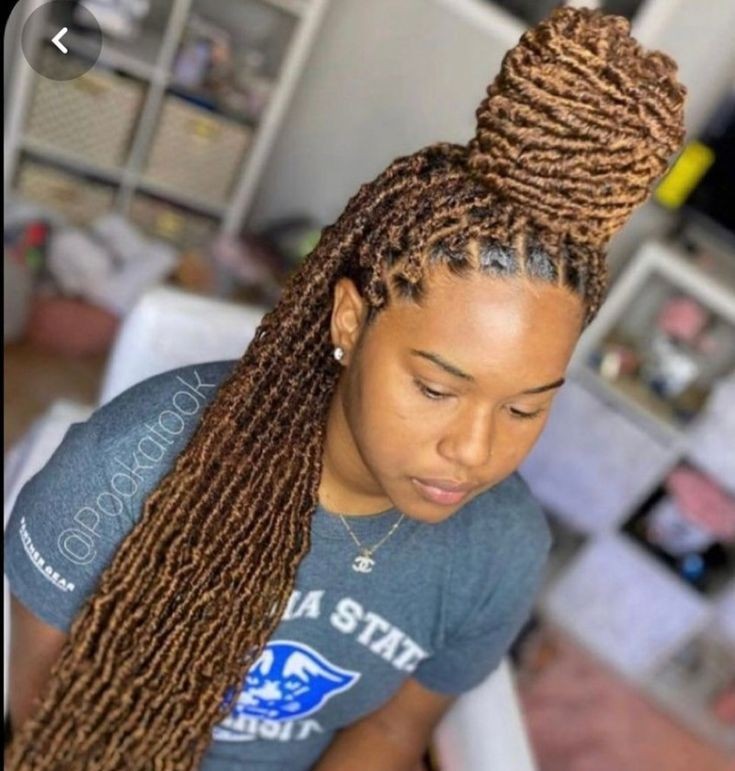

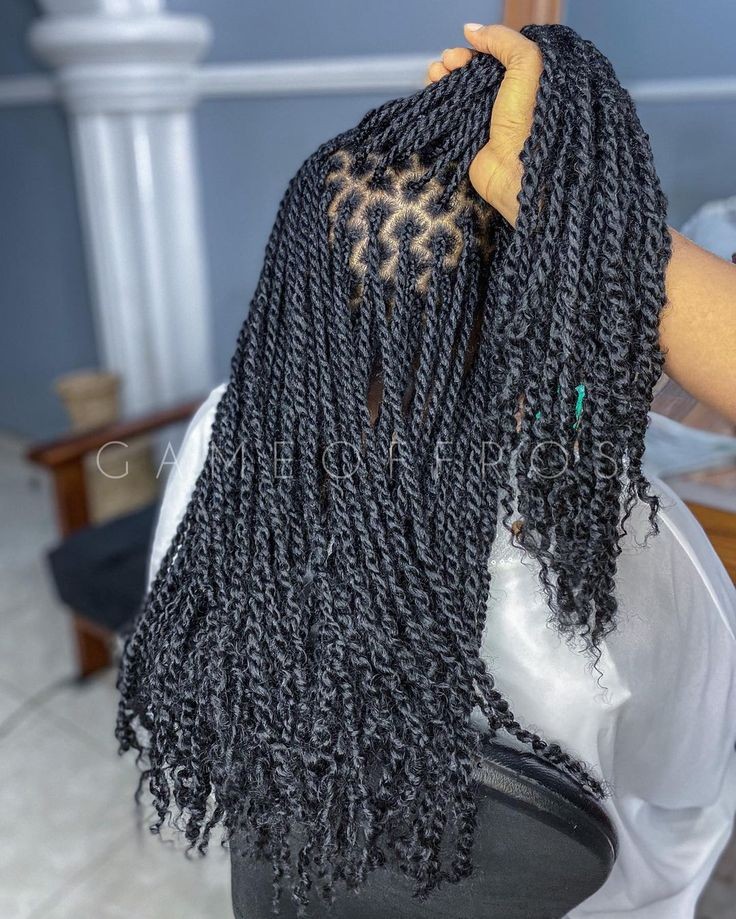

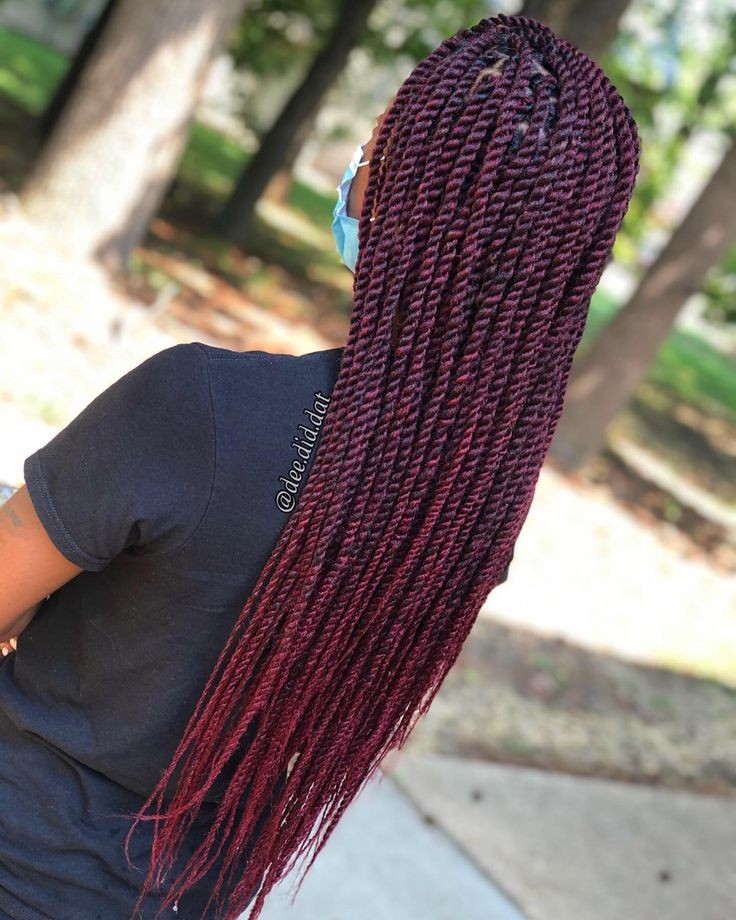

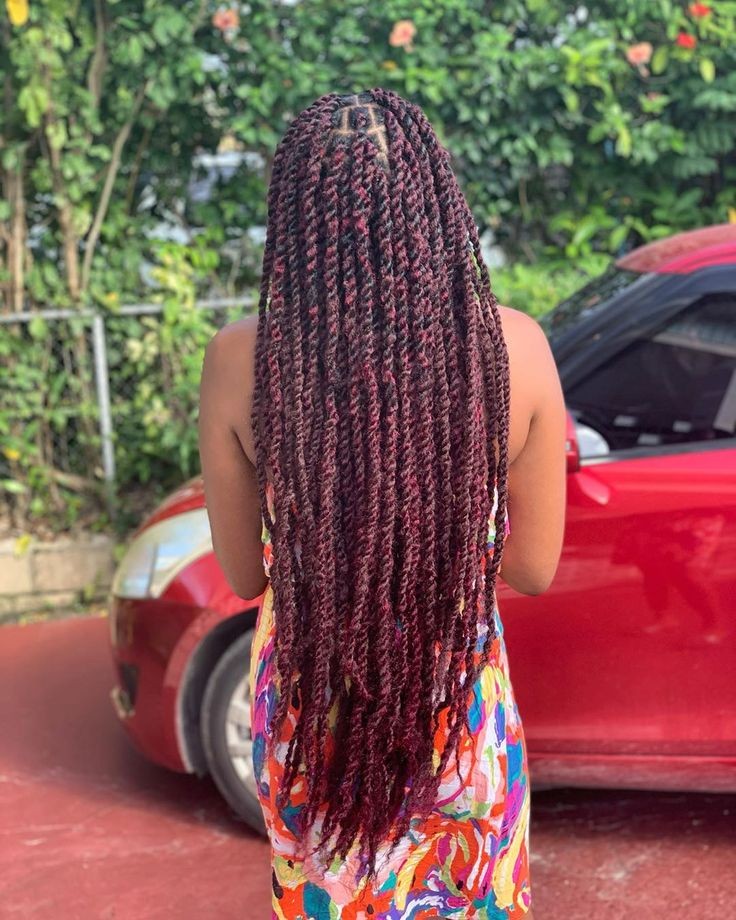

This style not only looks stylish, but it also helps to protect the hair and promote healthy growth. On the other hand, box braids, which involve sectioning the hair into small square-shaped sections and braiding them, offer a more versatile and low-maintenance option. These styles can last for weeks and can be easily styled in different ways, making them a popular choice among busy individuals.
Protective styling with African braids: keep your natural hair healthy and stylish.
African braids have been a popular choice for protective styling among women with natural hair. Not only do they offer a wide range of styles to choose from, but they also have numerous benefits for maintaining the health of your natural hair. One of the main advantages of African braids is that they provide protection to your hair by keeping it tucked away and shielded from external factors such as harsh weather, heat, and manipulation. This helps to minimize damage and breakage, allowing your hair to grow longer and stronger.




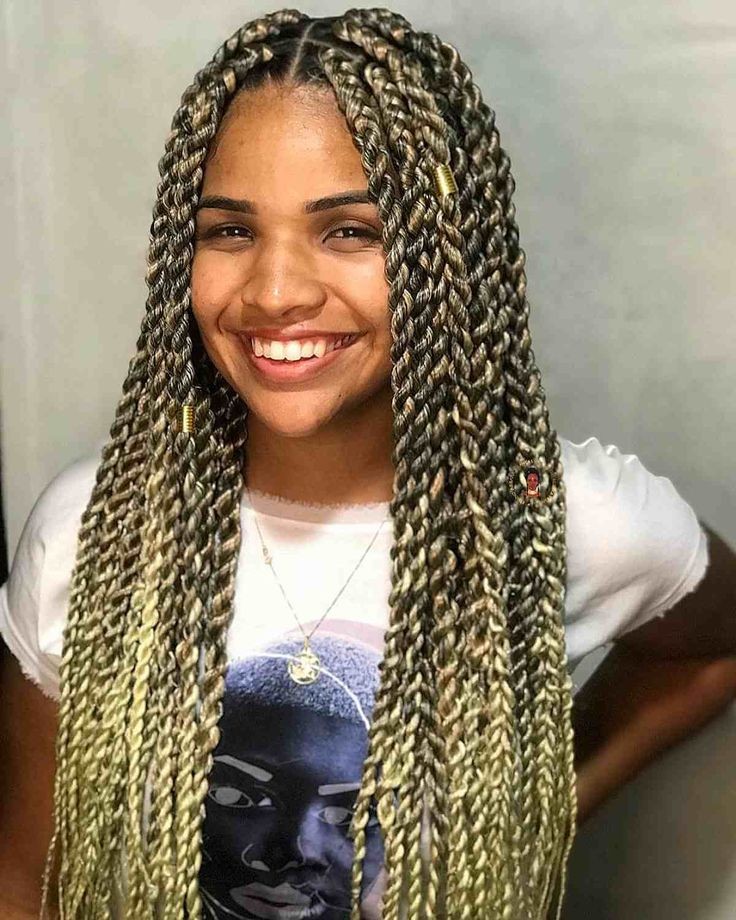



Furthermore, African braids are a great way to keep your natural hair stylish and on-trend. With various options such as cornrows, box braids, and twists, there is a style to suit every individual’s preference and hair type. These styles also offer versatility, allowing you to switch up your look by wearing them in different ways such as updos, half-up styles, or even adding hair accessories for a more unique touch. Additionally, African braids require low maintenance, making them a convenient option for those with busy lifestyles. Overall, incorporating African braids into your hair care routine is not only beneficial for the health of your natural hair, but it also allows you to showcase your personal style and creativity.
Step-by-step guide to achieving beautiful African braids at home.
To achieve beautiful African braids at home, you will need to gather the necessary tools and products, such as a comb, hair ties, and hair extensions if desired. Start by parting your hair into sections, using the comb to create clean and even lines. Next, moisturize your hair with a leave-in conditioner or oil to ensure it is well-hydrated and easier to work with.




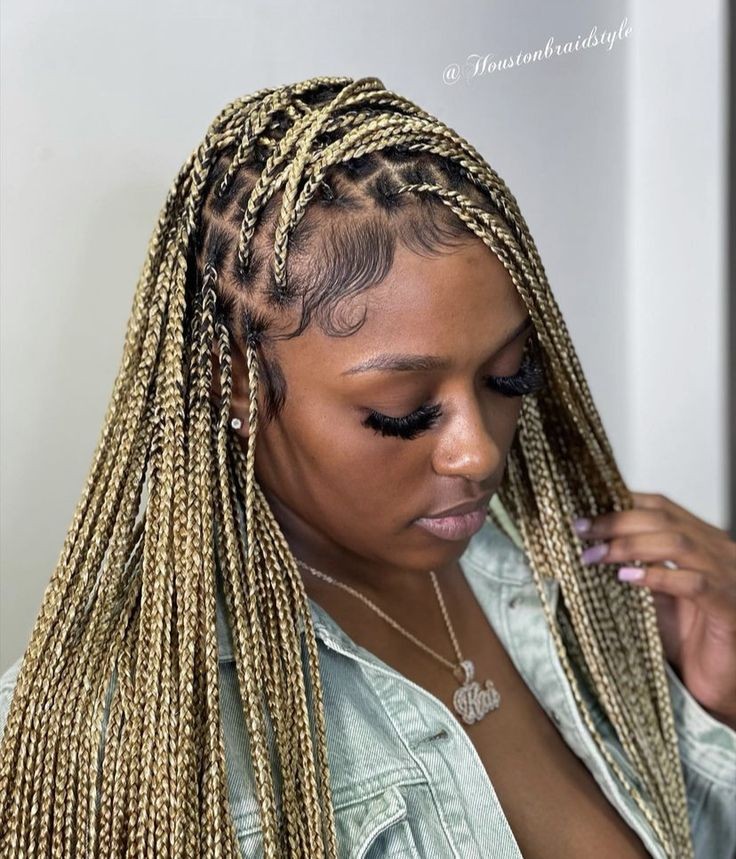



This step is crucial to maintaining the health of your natural hair while braiding. Then, begin braiding by taking three sections of hair and crossing them over each other, adding in more hair from the sides as you go. This technique is known as the three-strand or traditional braid. Repeat this process until you have completed the desired number of braids. Lastly, secure the ends with hair ties and seal any loose ends with a small amount of oil for a polished look. With these simple steps, you can achieve beautiful African braids at home without the need for a professional stylist.
Nigerian braiding styles: intricate patterns and stunning designs for a unique look.
African natural hair braiding styles have been a popular choice for many women looking for a unique and versatile hairstyle. Among these styles, Nigerian braiding stands out with its intricate patterns and stunning designs. Whether it’s cornrows, box braids, or Senegalese twists, Nigerian braids offer a wide range of options to suit different hair types and lengths. These braids are not only visually appealing but also practical, as they require minimal maintenance and can last for several weeks.


One of the most striking aspects of Nigerian braiding styles is the level of detail and precision that goes into each braid. The braiding patterns are carefully crafted, resulting in a beautiful and symmetrical look. These intricate designs often incorporate different sizes, angles, and shapes, making them a true work of art. Furthermore, Nigerian braiding styles offer a unique way to express one’s personal style and creativity. With various color options and techniques such as ombre or knotless braids, one can create a truly unique and eye-catching look. Overall, Nigerian braiding styles are an excellent choice for those looking to stand out and make a statement with their hair.
Senegalese twists: a versatile and low-maintenance option for natural hair enthusiasts.
Senegalese twists have become a go-to option for natural hair enthusiasts looking for a versatile and low-maintenance style. This braiding technique originated from the West African country of Senegal and has gained worldwide popularity due to its unique and stylish look. These twists are achieved by using two strands of hair to create a rope-like effect, giving the appearance of long, thin, and neatly twisted braids.



What makes Senegalese twists so appealing is their versatility. They can be styled in a variety of ways, from a classic updo to a trendy half-up half-down style. They can also be adorned with colorful beads, cuffs, or ribbons, adding a personal touch and making them suitable for any occasion. In addition, Senegalese twists are a low-maintenance option, as they require minimal manipulation and can last for several weeks. This makes them an ideal choice for those with busy lifestyles or for those looking to give their hair a break from constant styling and heat. Overall, Senegalese twists are a great option for African natural hair enthusiasts, offering a stylish and practical way to embrace and celebrate their natural hair.
Ghana braids: elegant and timeless styles that showcase African beauty and creativity.
Ghana braids are another popular and timeless hairstyle for natural hair that has its roots in West Africa. These braids, also known as “cornrows,” are created by braiding the hair close to the scalp in a continuous, raised pattern. This style has been passed down through generations in Ghana and other African countries, and has become a staple in the world of natural hair braiding styles.
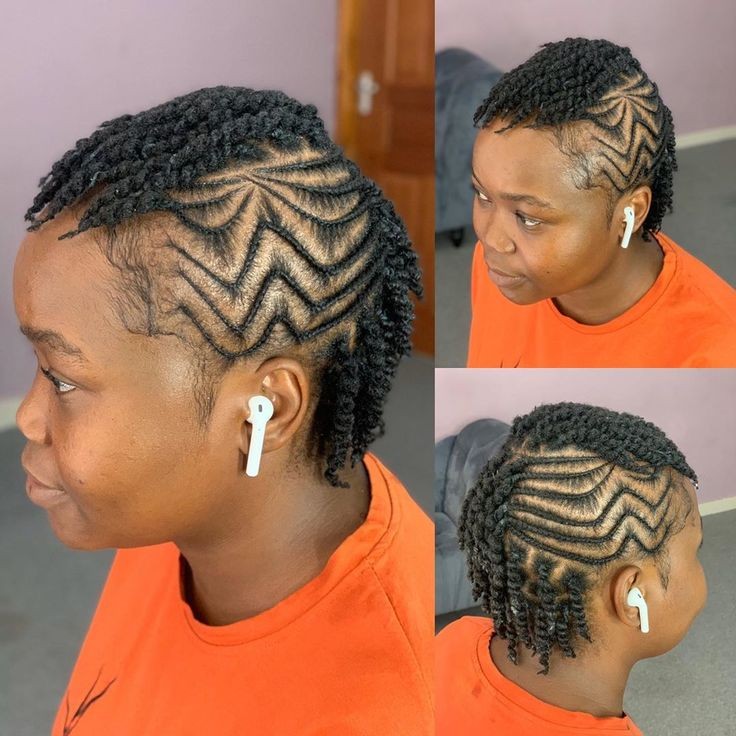

One of the most striking aspects of Ghana braids is their elegance. The neat and intricate braiding technique creates a sleek and polished look that can be dressed up or down for any occasion. These braids are also a great way to showcase the beauty and creativity of African hair. With endless styling possibilities, Ghana braids can be adorned with beads, threads, and other accessories to add a personal touch and elevate the overall look. This makes them a truly unique and versatile choice for those looking to embrace their natural hair and heritage.
Best hair care practices for maintaining your African braids and preventing damage.
To keep your Ghana braids looking and feeling their best, it is important to follow some key hair care practices. First and foremost, it is crucial to properly moisturize your hair and scalp. African hair tends to be dry and can easily become brittle and prone to breakage if not properly moisturized. Therefore, it is recommended to use a leave-in conditioner or moisturizing oil to keep your hair hydrated. Additionally, it is important to avoid using harsh chemicals or heat on your braids, as these can cause damage and weaken the hair strands.


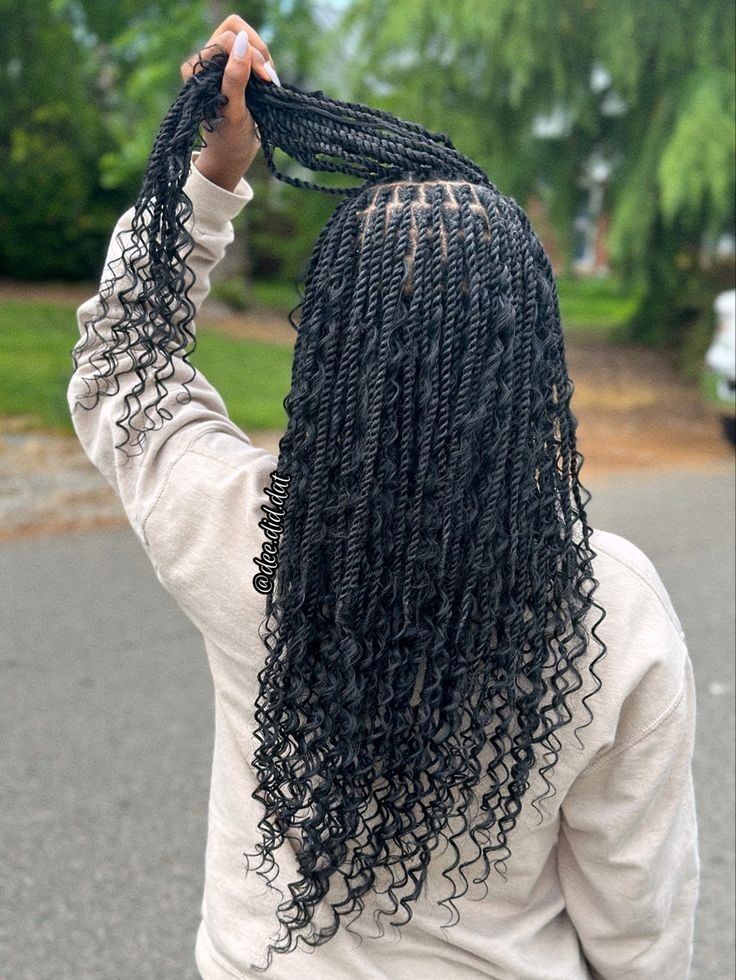





Another important aspect of maintaining your Ghana braids is to regularly cleanse your scalp and hair. This can be done by using a gentle shampoo and massaging your scalp to remove any buildup or dirt. It is also recommended to use a deep conditioning treatment every 1-2 weeks to keep your hair nourished and healthy. Finally, it is important to protect your braids while sleeping by wrapping them in a satin scarf or using a satin pillowcase. This will help prevent friction and keep your braids looking neat and tidy. By following these best hair care practices, you can ensure that your Ghana braids will not only look beautiful, but also remain strong and healthy.
African braiding salons: find professional stylists who specialize in natural hair braiding.
One of the best ways to ensure that your Ghana braids stay in good condition is to visit a professional stylist who specializes in natural hair braiding. African braiding salons are a great place to find such stylists, as they have experience in working with various types of natural hair textures. These salons often have a team of skilled and knowledgeable braiders who can create a wide range of beautiful and intricate braided styles. They also use high-quality products that are specifically designed for natural hair, ensuring that your braids stay moisturized and healthy.


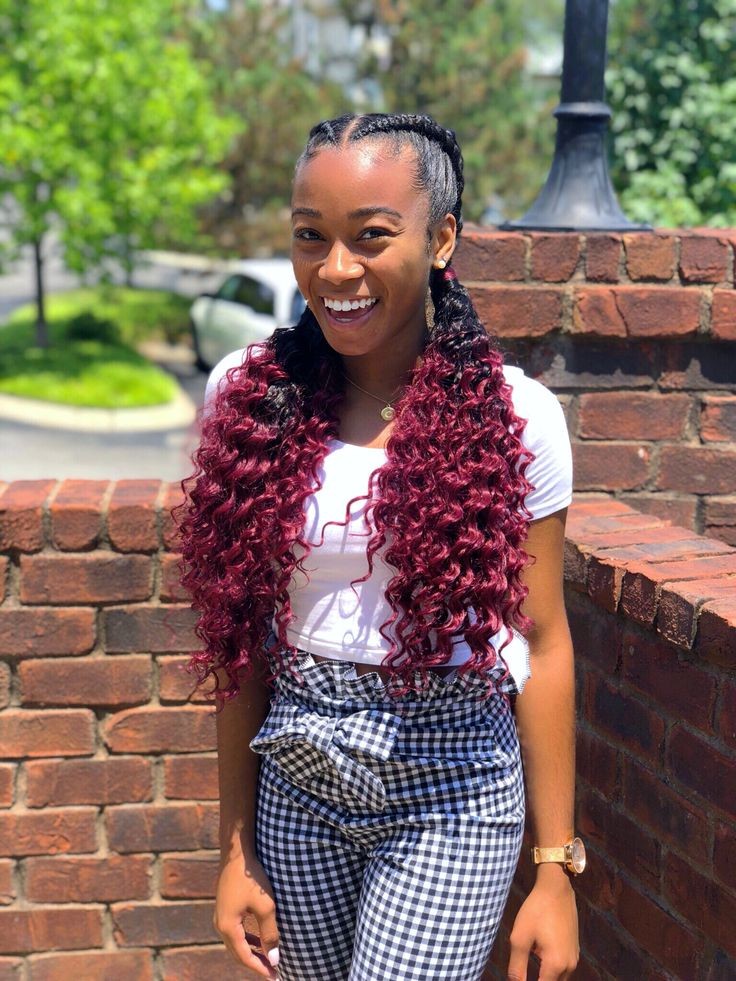





Finding a professional stylist at an African braiding salon can also provide an opportunity to learn about different African natural hair braiding styles. These styles not only look beautiful, but also have cultural significance and a rich history. By choosing to visit an African braiding salon, you not only support a small business, but also have the chance to learn about and celebrate African hair traditions. So, if you want to keep your Ghana braids in great shape and learn more about African natural hair braiding styles, consider visiting a professional stylist at an African braiding salon.
Embracing your natural beauty: why African braiding styles are empowering and celebrate diversity.
African braiding styles have long been celebrated for their ability to enhance and embrace natural beauty. From cornrows to box braids, these styles not only showcase the uniqueness and diversity of African hair textures, but also honor cultural traditions and heritage. The art of braiding has been passed down from generation to generation, and by embracing it, individuals are able to connect with their roots and celebrate their identity.
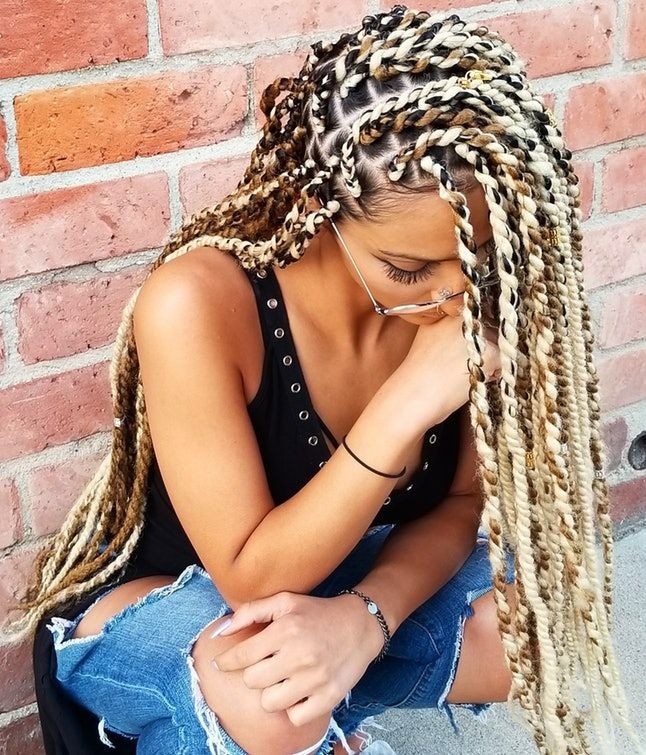

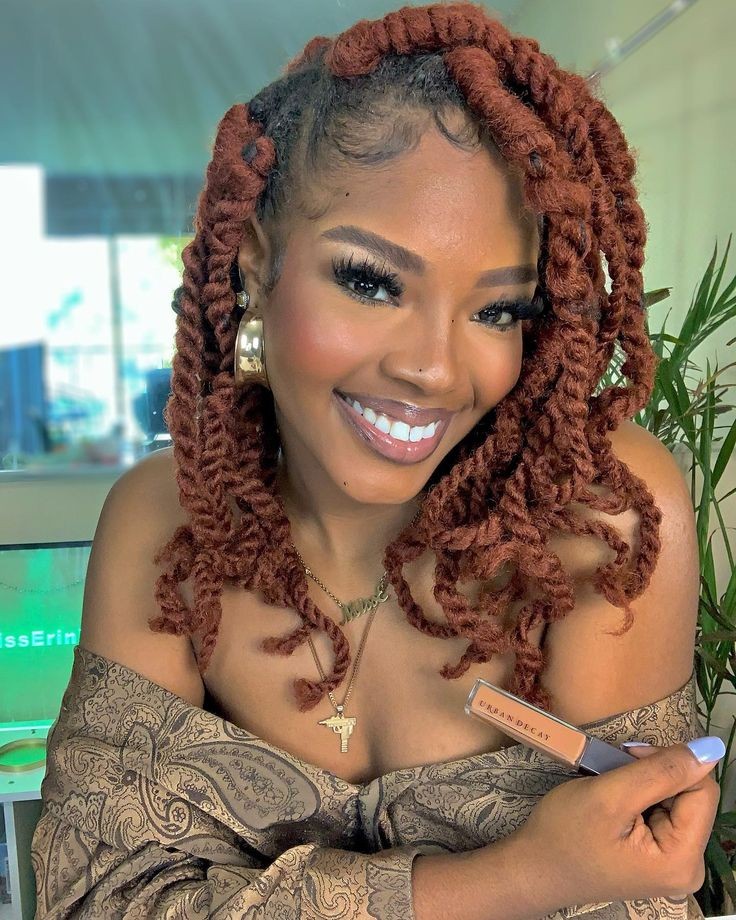

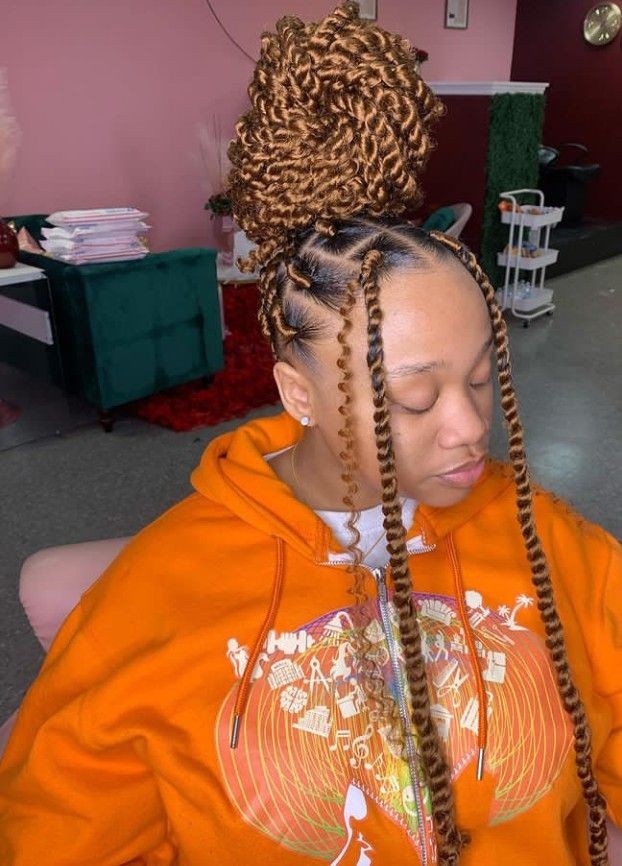

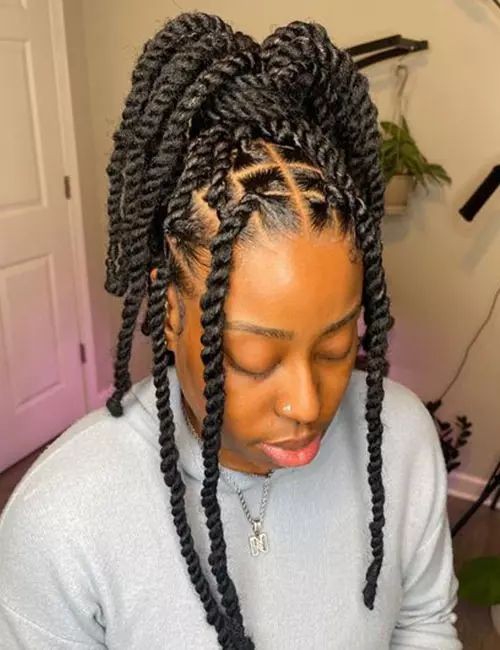

Moreover, African braiding styles have become a symbol of empowerment for many. In a world where Eurocentric beauty standards are often prioritized, embracing one’s natural hair and opting for traditional African braiding styles is a powerful act of self-love and acceptance. It sends a message that all hair textures are beautiful and should be celebrated. By choosing to rock braids, individuals are breaking away from societal norms and embracing their own unique beauty. African braiding styles go beyond just being a hairstyle, they are a statement of self-confidence and pride in one’s heritage. So, whether you are looking to protect your hair or make a bold fashion statement, African braiding styles are a powerful way to embrace your natural beauty and celebrate diversity.
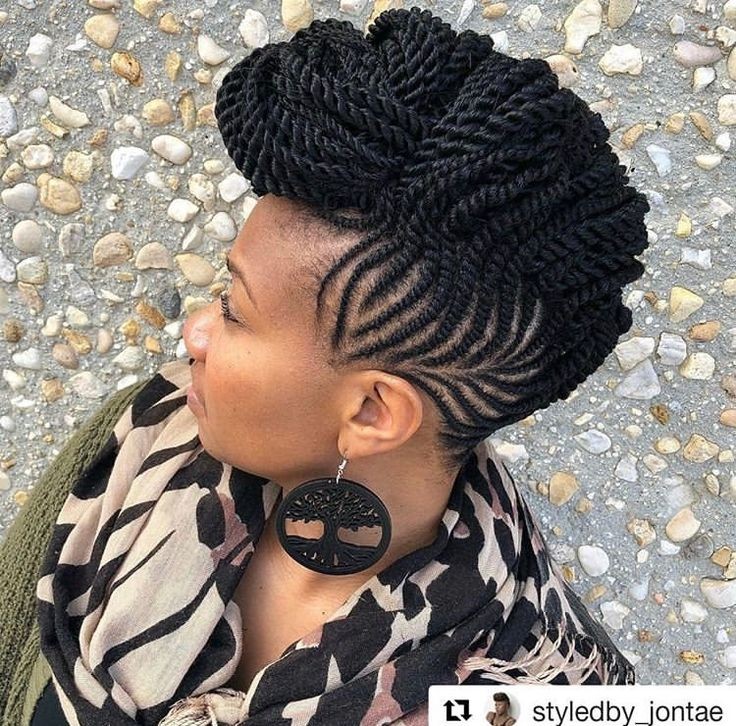






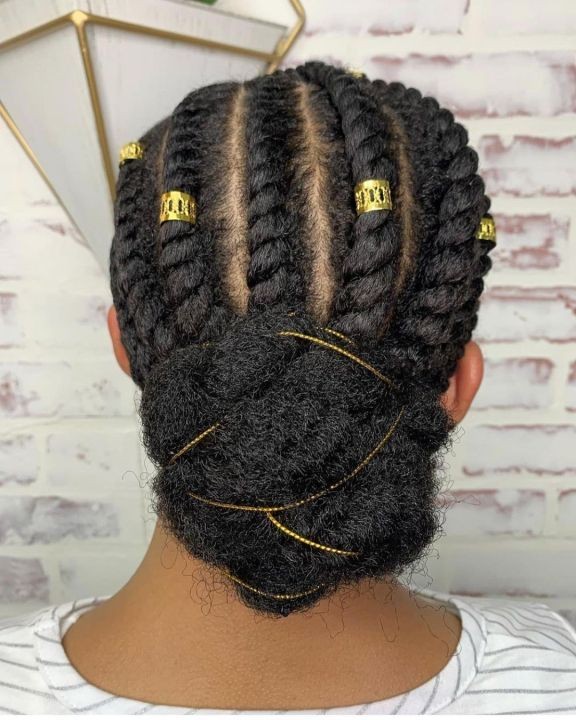

In conclusion, African natural hair braiding styles are not just a fashion statement, but a celebration of cultural heritage and identity. These styles have been passed down for generations, and continue to evolve and inspire new looks. As a professional stylist, it is important to understand the significance and techniques of these styles in order to properly cater to clients with natural hair. Embracing and promoting African natural hair braiding is not only a trend, but a meaningful way to honor the beauty and diversity of African culture.
